
My sources:
(book) City of Darkness - Limited Edition: Life in Kowloon Walled City
Ian Lambot/Greg Girard
City of Darkness: Surreal photographs
Philip SteadmanCabinet of curiosities

An important part of my old job was so-called 'shoppings'. We travelled with a design group - designers and buyers to places that were famous for dictating fashion trends. I must admit that shopping is my least favourite activity, but it gave me the opportunity to see many corners of the world. Hong Kong took me completely by surprise. After visits to Shanghai or the old former capital Hangzhou - the tall buildings no longer impressed me. What captivated me about Hong Kong - that despite the cramped buildings there is still plenty of green and space to breathe. I did plenty of pictures during my time in Hong Kong, but we didn't had very nice wheatear, so many of them look pretty grimm :D
The ancient trade in fragrant incense is the answer to the question of how the city
gained its name. The name Hong Kong is actually a phonetic translation of the Cantonese name of the city 香港(heung gong), which literally means "Fragrant Port"
Hong Kong - Special Administrative Region of the People's Republic of China and the practical implementation of the political idea of 'one country - two systems' On 1 July 1997, the UK officially handed over the territory of Hong Kong to the People's Republic of China.
When we booked the hotel on the Kowloon peninsula - I didn't yet know the history of this extraordinary place. It wasn't until we were there that I started reading about it, and I admit that the history of Kowloon chilled my blood. Although the famous 'City of Darkness' was razed to the ground in 1992 - it still stirs up a lot of emotion. I will try to give you some insight into its history.
Turbulent beginnings
The Kowloon Peninsula was taken over by the British in 1860 after the end of the Second Opium War. The name 'Kowloon', according to one urban legend, is linked to the story of 9 fishermen brothers, good swimmers who threw themselves into the sea on a moonlit night and turned into 9 dragons.
At the end of the 19th century, the British began leasing part of Hong Kong from China. Among other things, the agreement included the small village of Kowloon. After a while, it reverted back to the Chinese, who wanted to establish a Chinese outpost there to watch over the interests of both sides. The British were not happy with this solution and started demanding the return of the village.
Fortunately - the inhabitants of Kowloon was able to evacuate. Gradually, the vacant lots began to be occupied by illegal immigrants and squatters. This gave rise to a town called Hak Nam - City of Darkness.

Your roof is my floor
Although the British repeatedly tried to get rid of the unwanted inhabitants - their efforts failed. The village was left to fend for itself. Despite the high crime rate, the police stopped turning up in the neighbourhood. The place became an ideal space for all kinds of illegal activities.The fact that the number of inhabitants was gradually increasing - due to the severely restricted area - posed a serious problem. So what happened
-additional houses were added on top of the existing buildings. In this way, a bizarre urban creation began to emerge, which by '92 was the most dense inhabited place on earth. To give you an idea - at its peak, an area the size of four football pitches was home to more than 50,000 people.

Life finds the way
Not far from Kowloon was the airport, so the city could only grow upwards. Buildings could only reach a maximum height of 14 storeys. The city was incredibly cramped, dark and very dirty. As there was no of waste disposal, there were rats and cockroaches running around in the streets. In these conditions, small factories were set up on the ground floor(!!) to produce noodles or fish balls, which, due to their low price, were eagerly bought even by very exclusive restaurants that allowed themselves to turn a blind eye to the hygienic conditions in which they were produced.
It is probably hard to belive this but there was only only eight water intakes in the town. Residents usually existed on a daily basis with entire families on four square metres without running water or electricity. Some residents would of course illegally connected to sources of electricity. If that is not scary enough - there was usually only one bed in the flats, on which they slept in shifts. This was possible because a large proportion of the tenants worked seven days a week for 12 hour long shifts.

Kowloon - a city within a city
The confined space caused gangs to flourish. Gambling, drug dealing and prostitution become part of the daily life. But(!) the bulk of the city's population was made up of ordinary people who tried by all means to survive in the terrible conditions in which they had to live. Over time, they began to establish schools, factories and eateries. Even medical care facilities and the cheapest (and of course illegal and unlicensed) dental services in the country were established, which were often also used by out-of-towners.
Residents put real effort to fill every vacant corner, leaving only narrow passages, which created a labyrinth of tunnels and corridors where the sun's rays could not reach.

At the end of the 1980s, the authorities decided to demolish the city, which did not happen until 1992.

I wish you a lovely week!
Yours,
Strega Azure

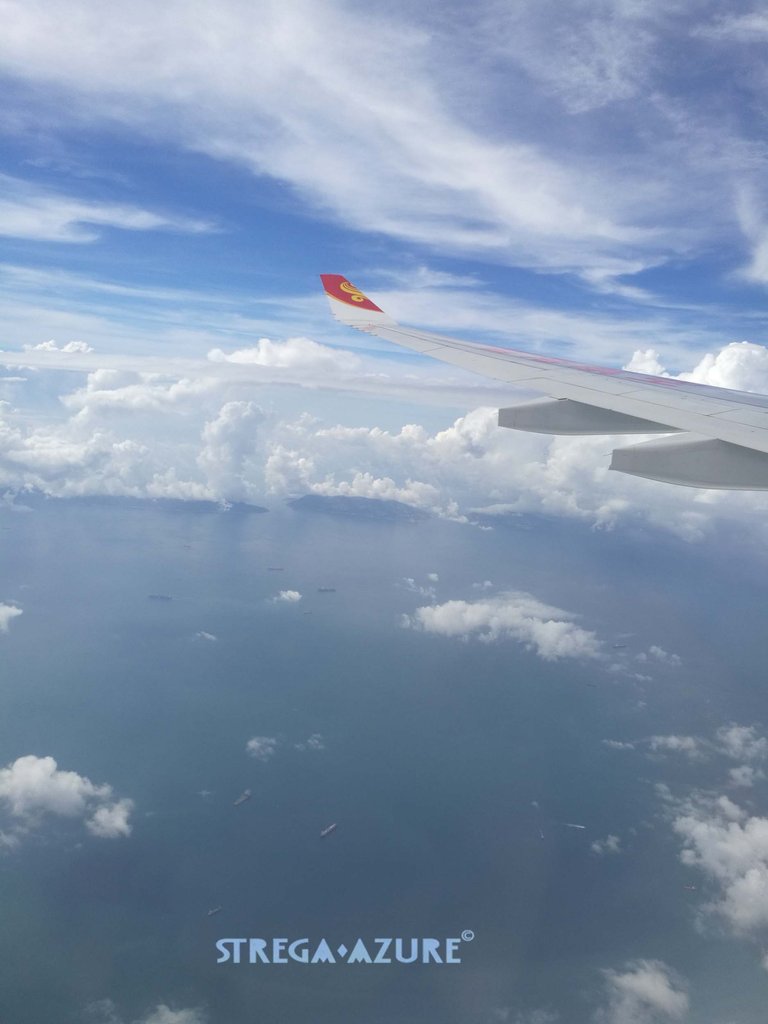

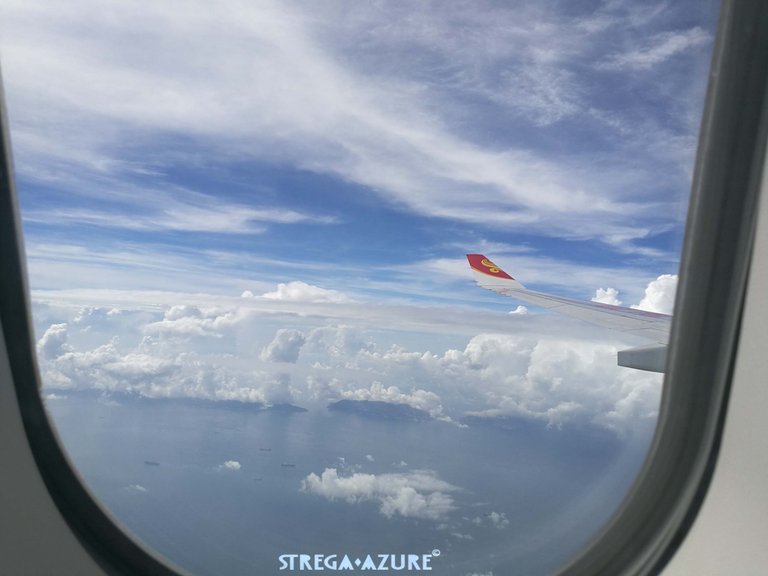

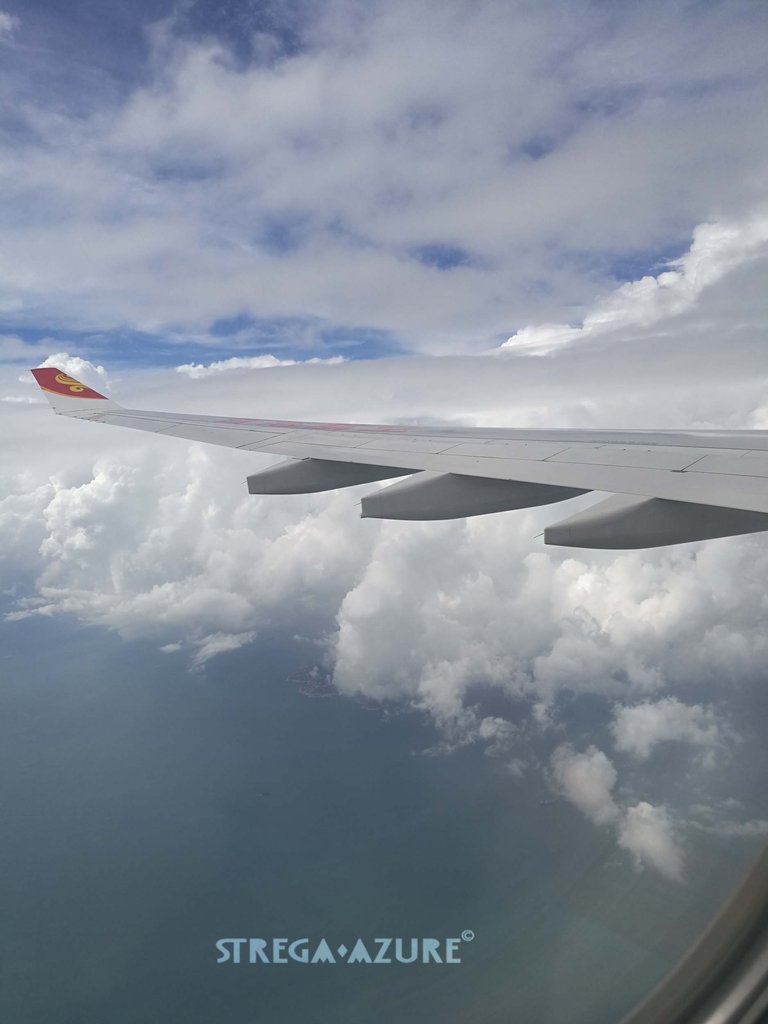

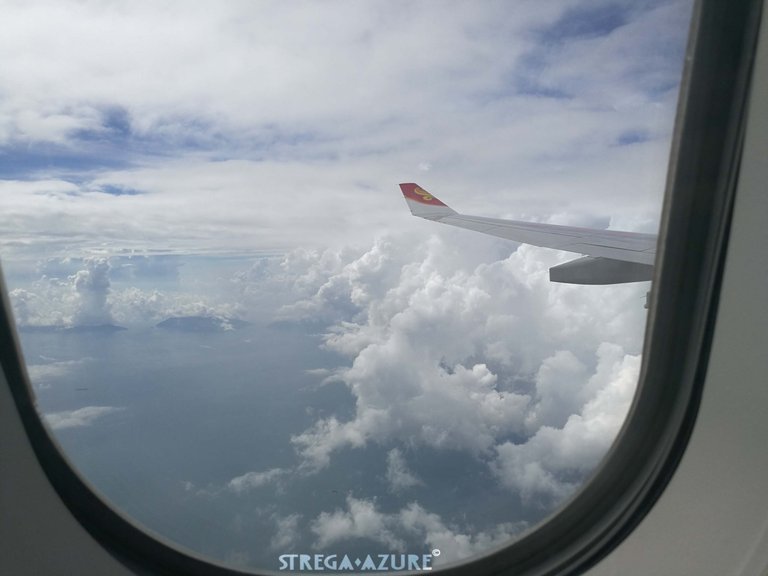

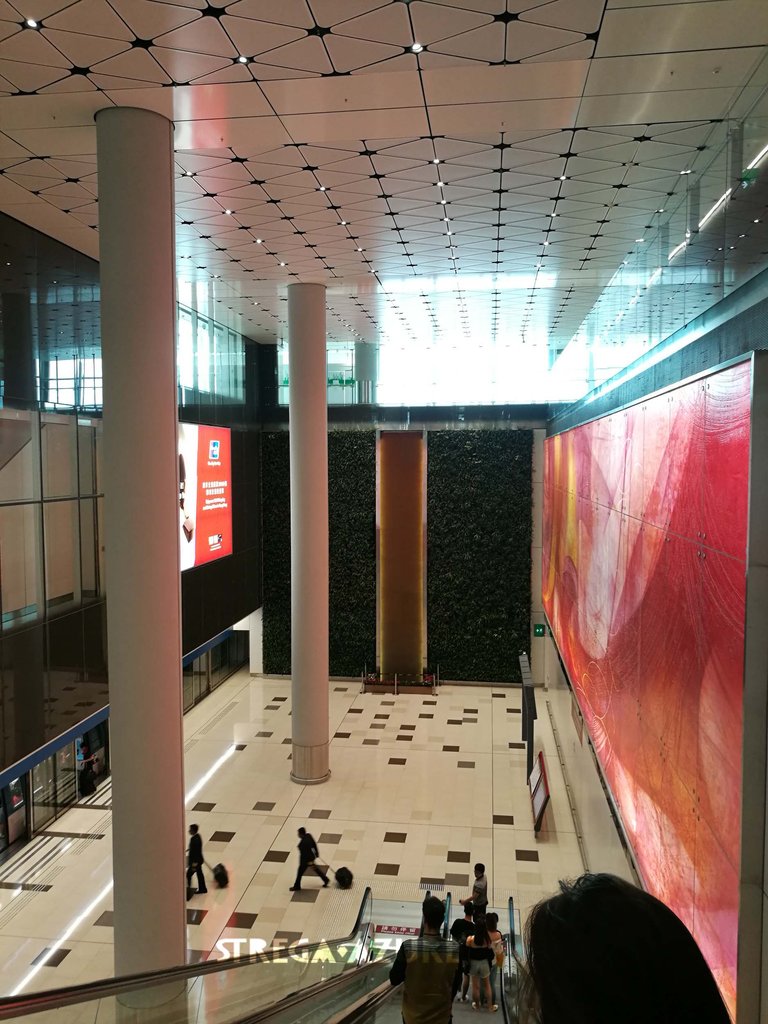

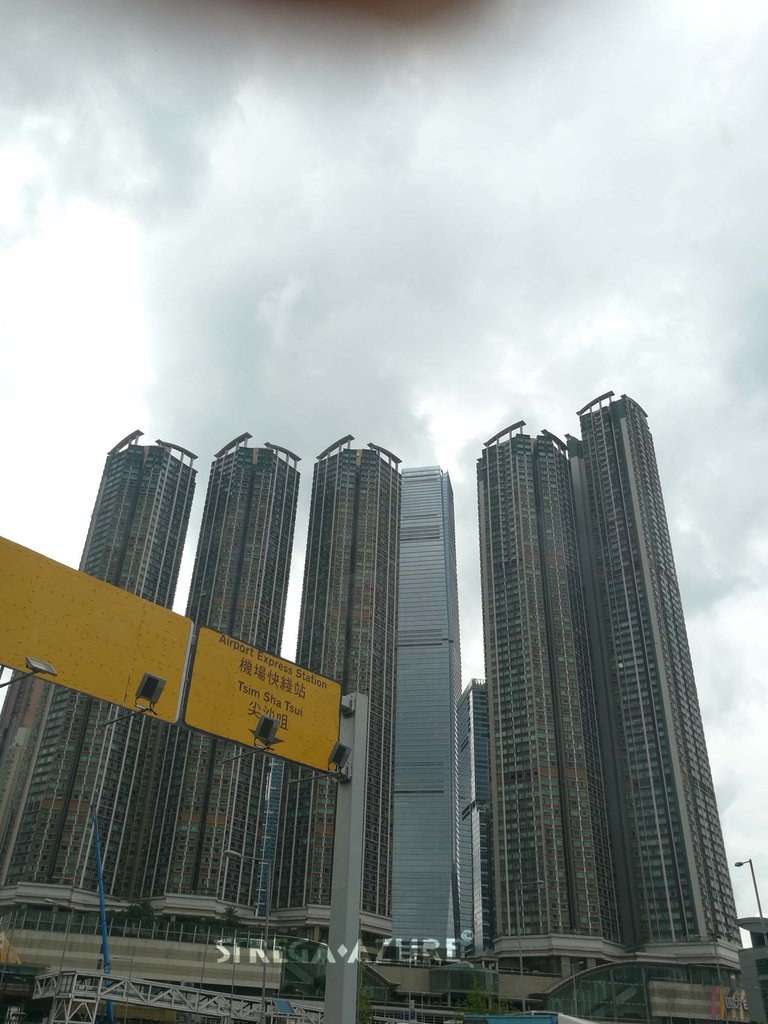

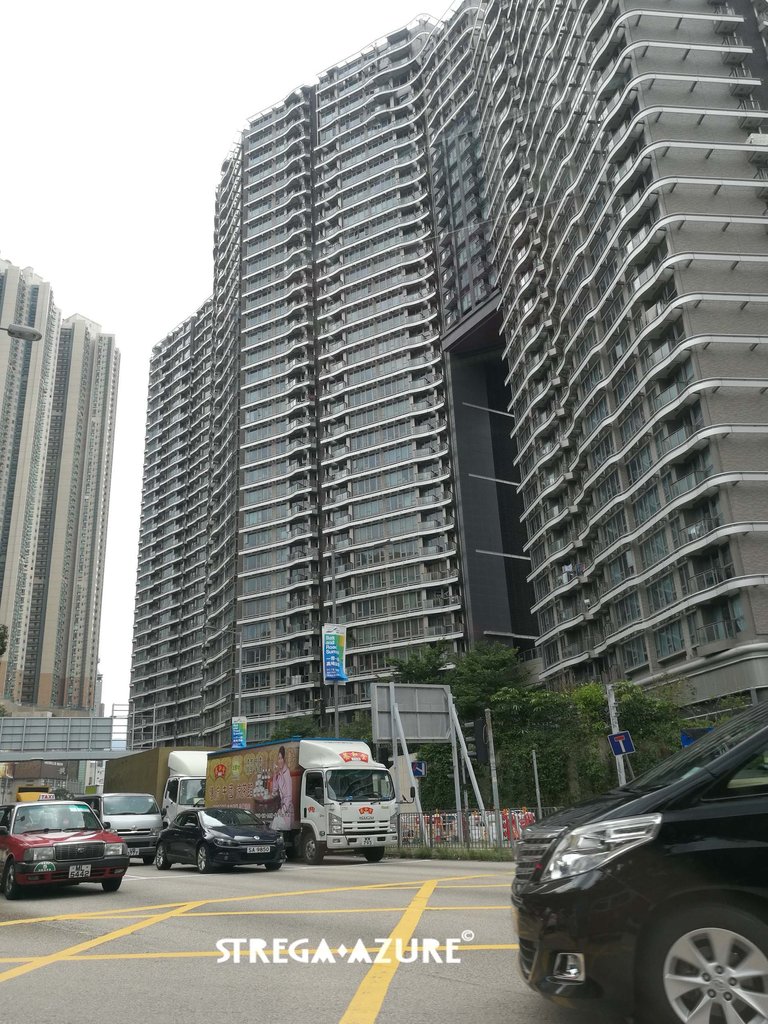

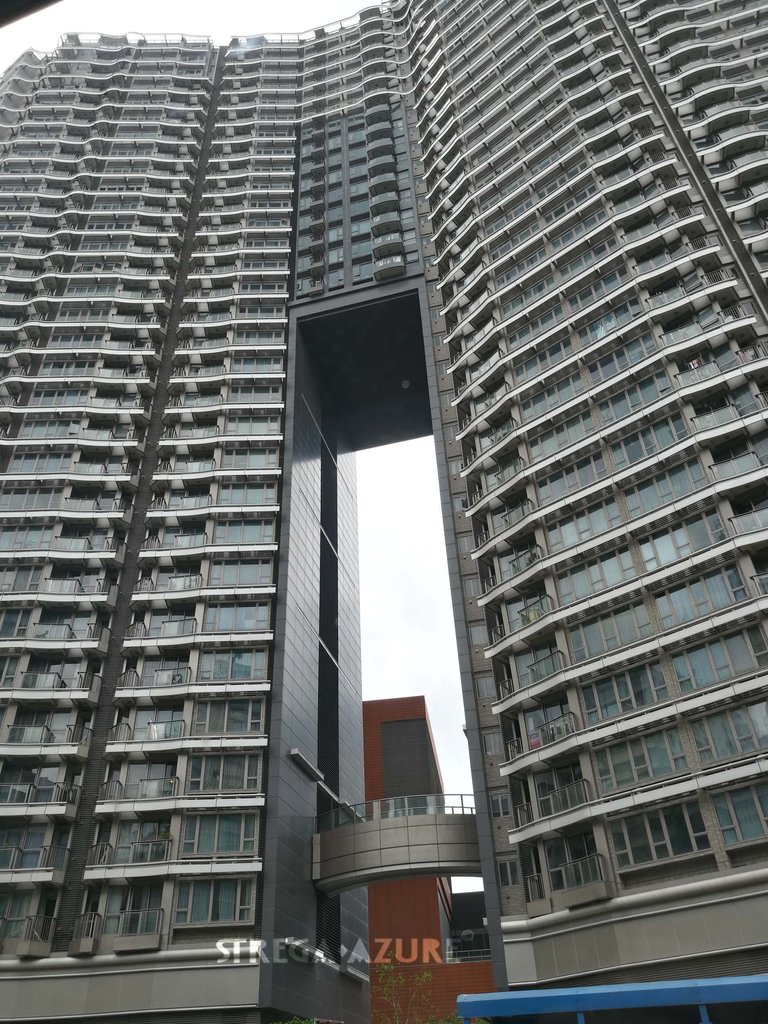

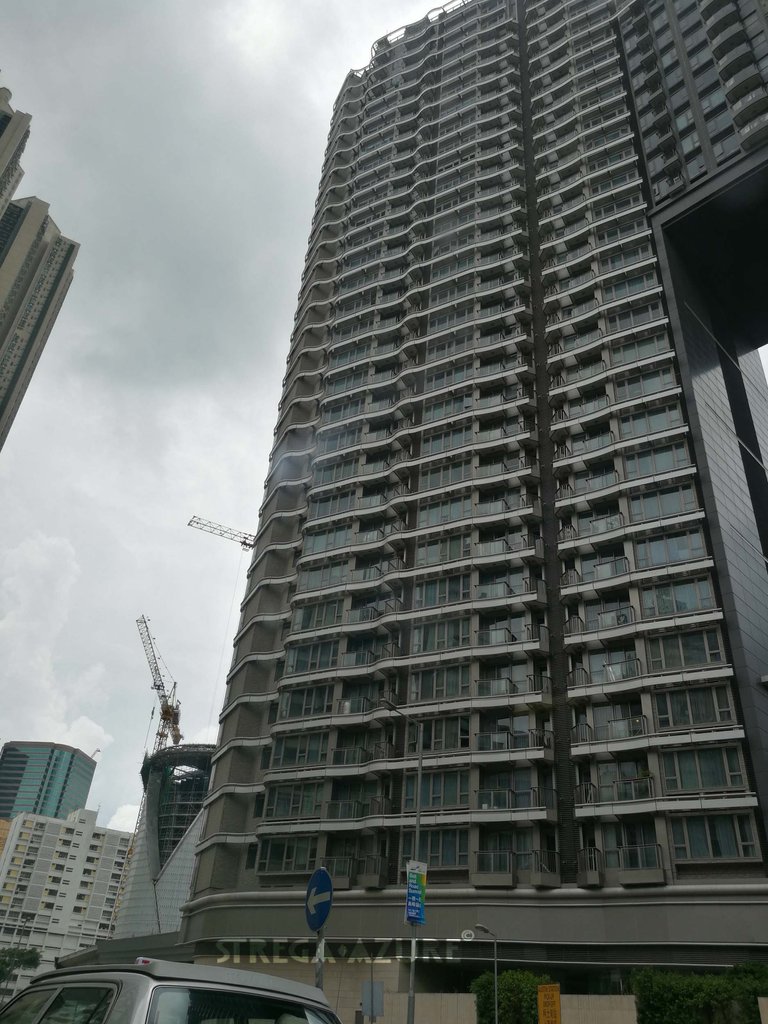



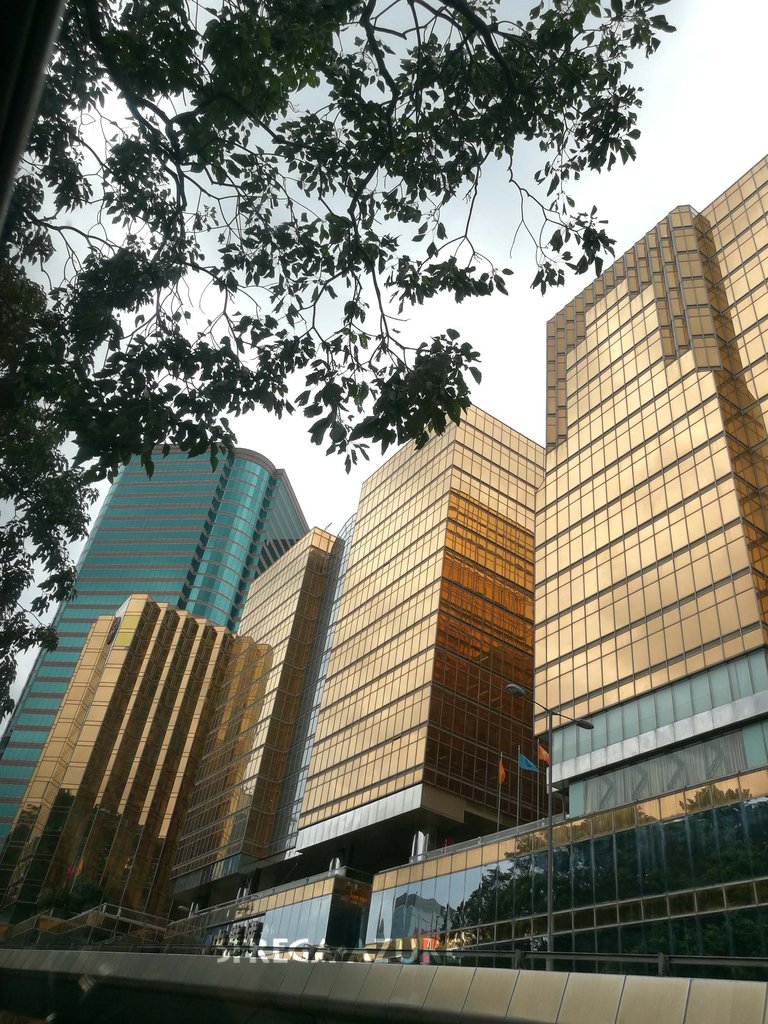

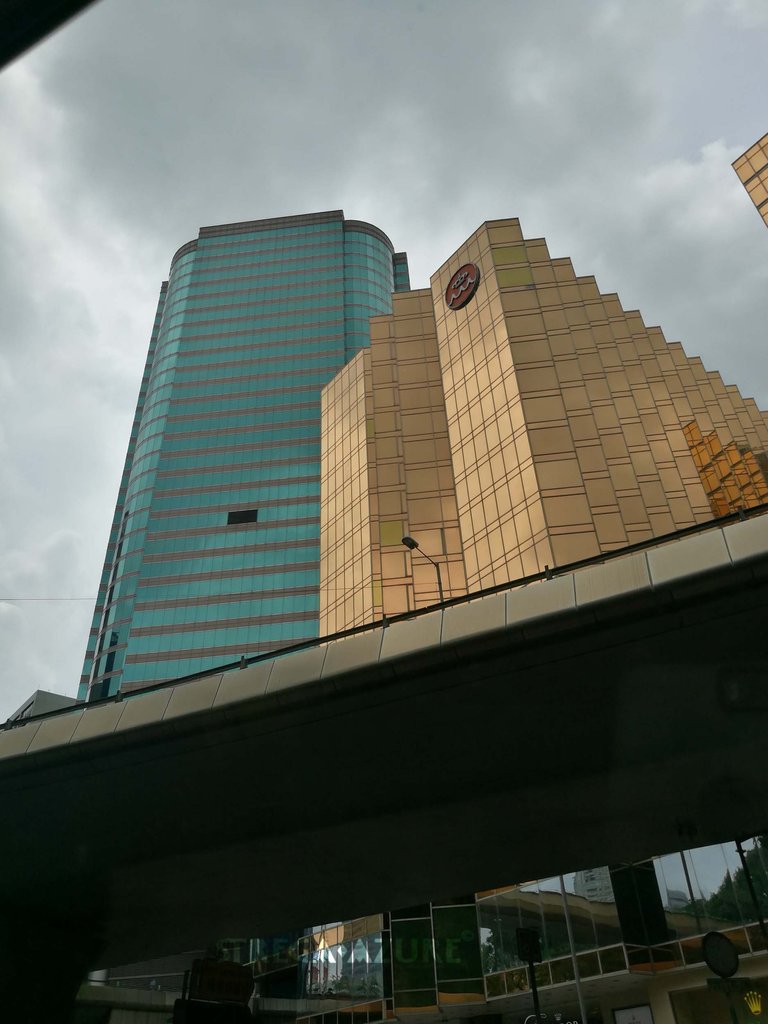

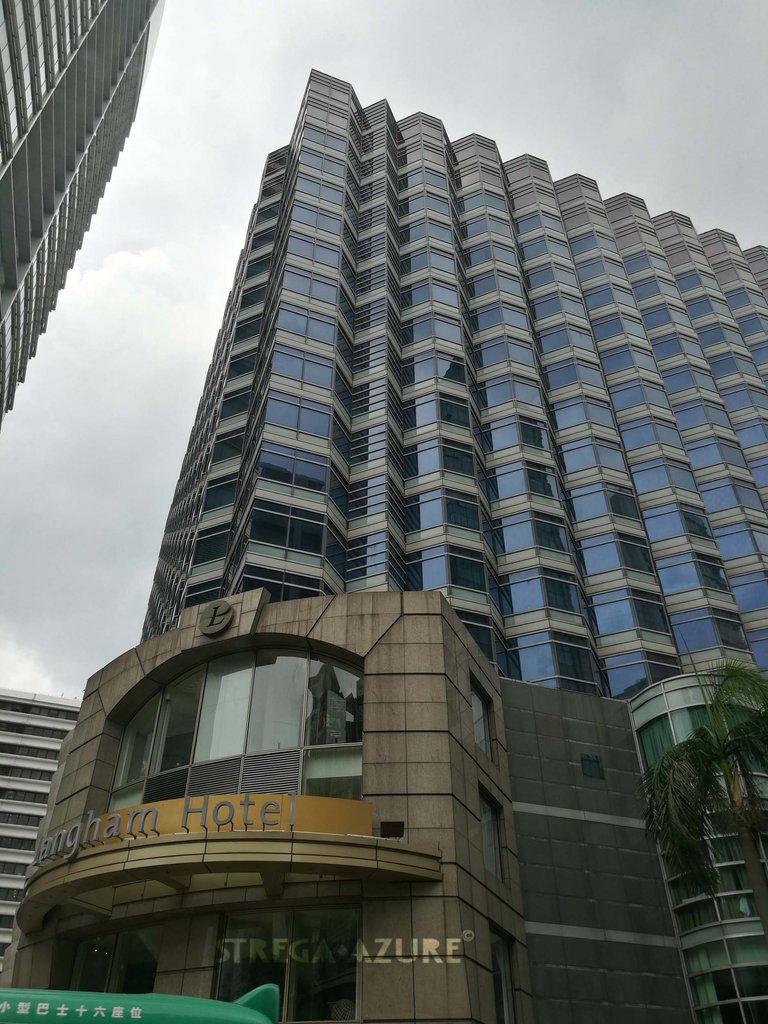

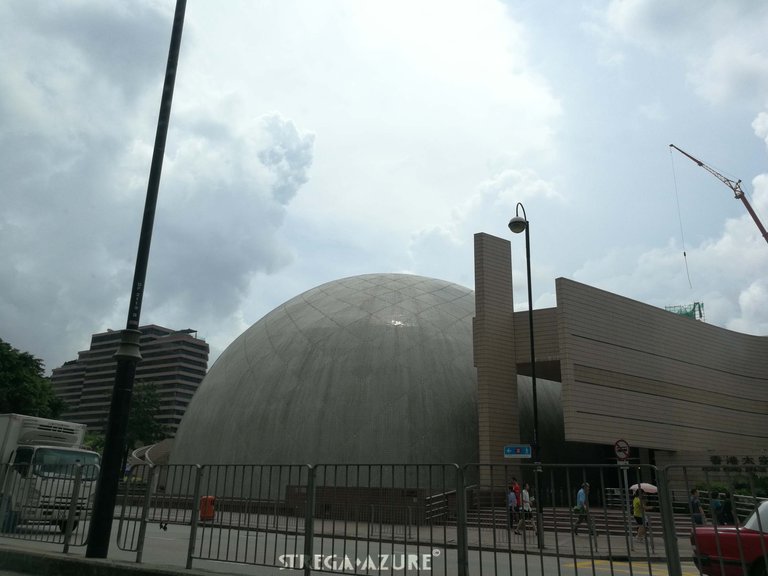

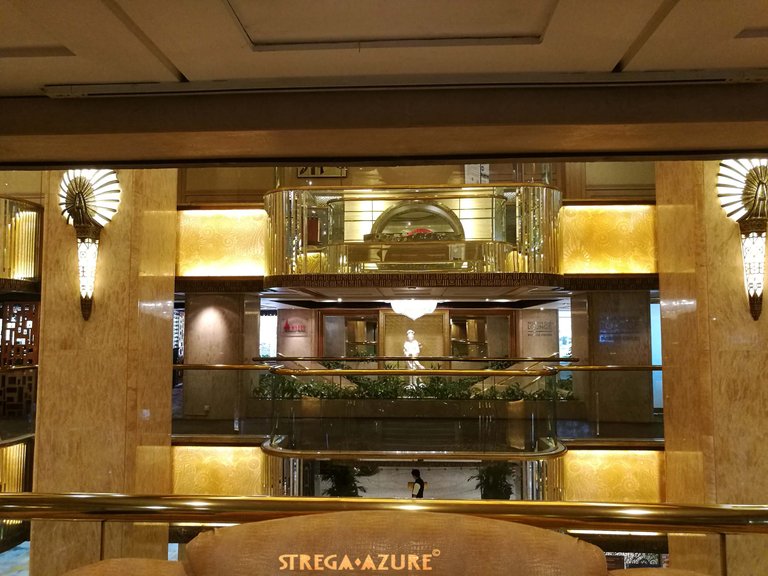

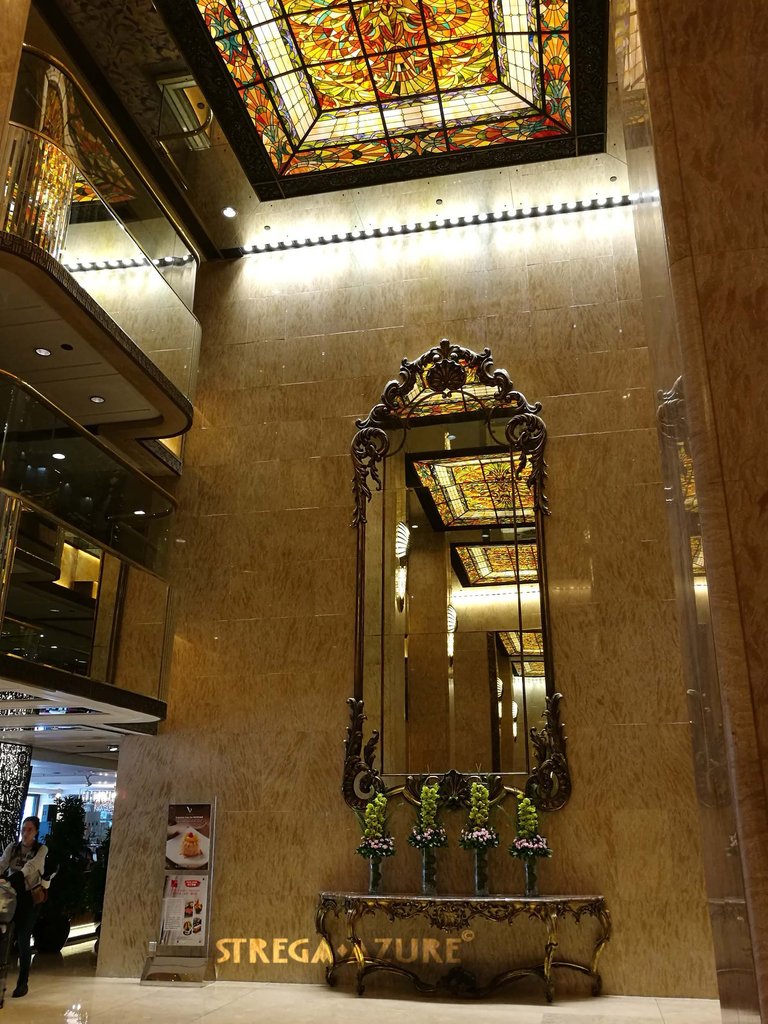

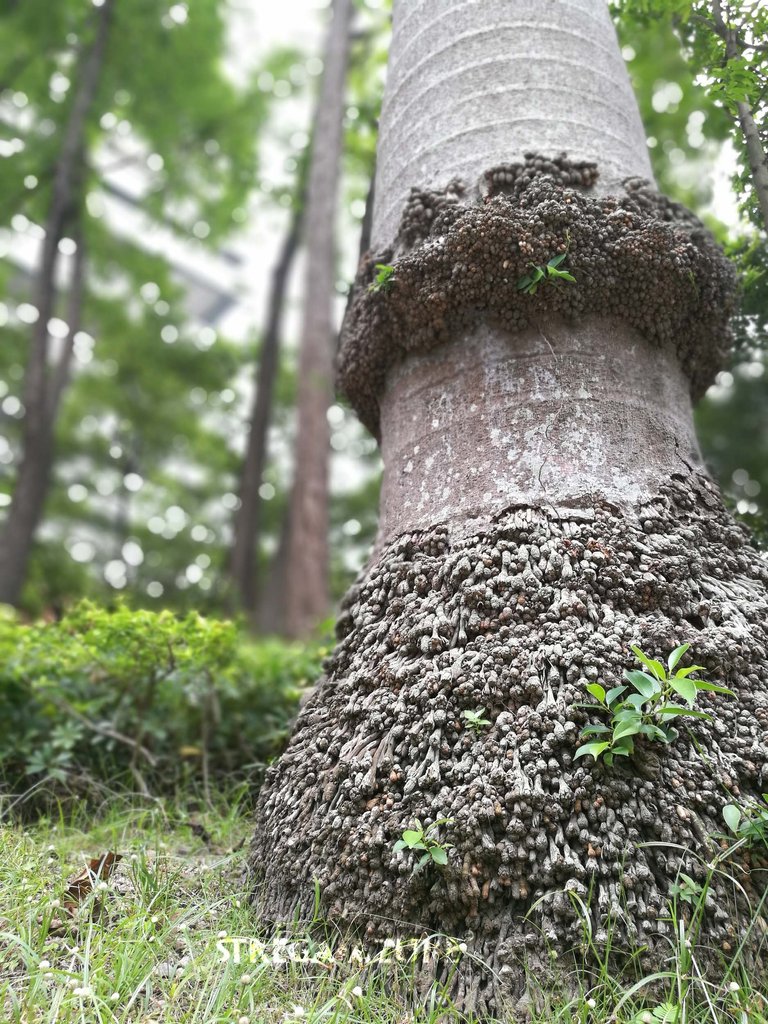



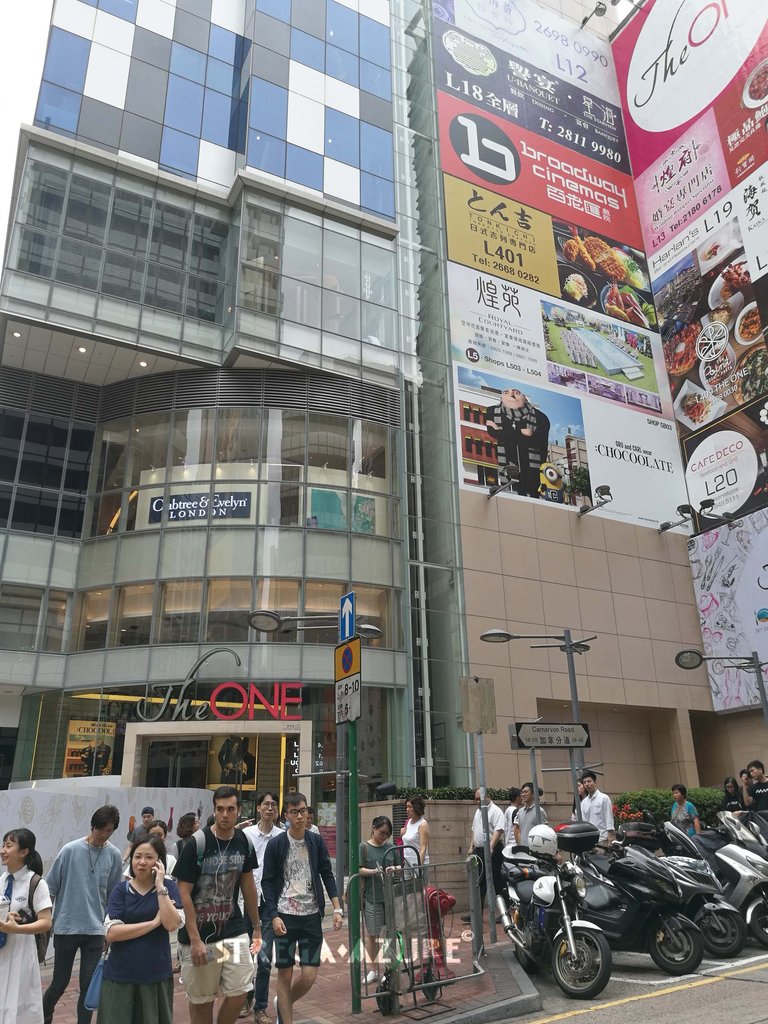

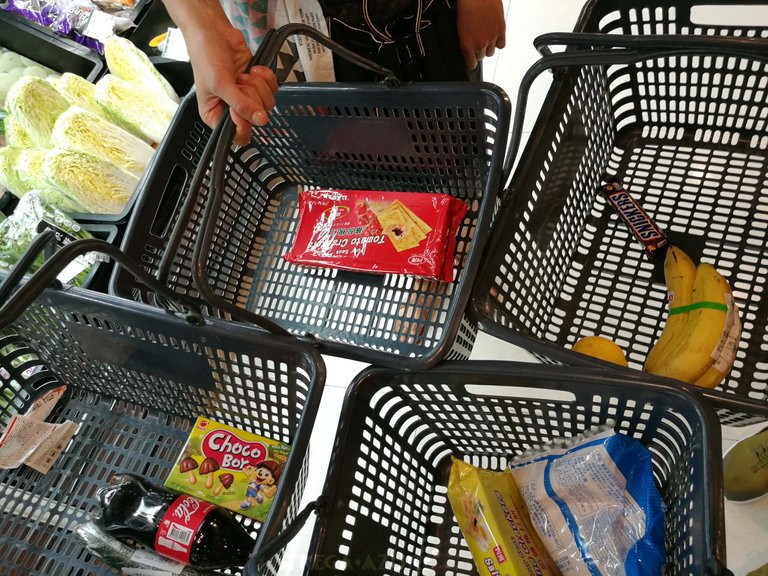

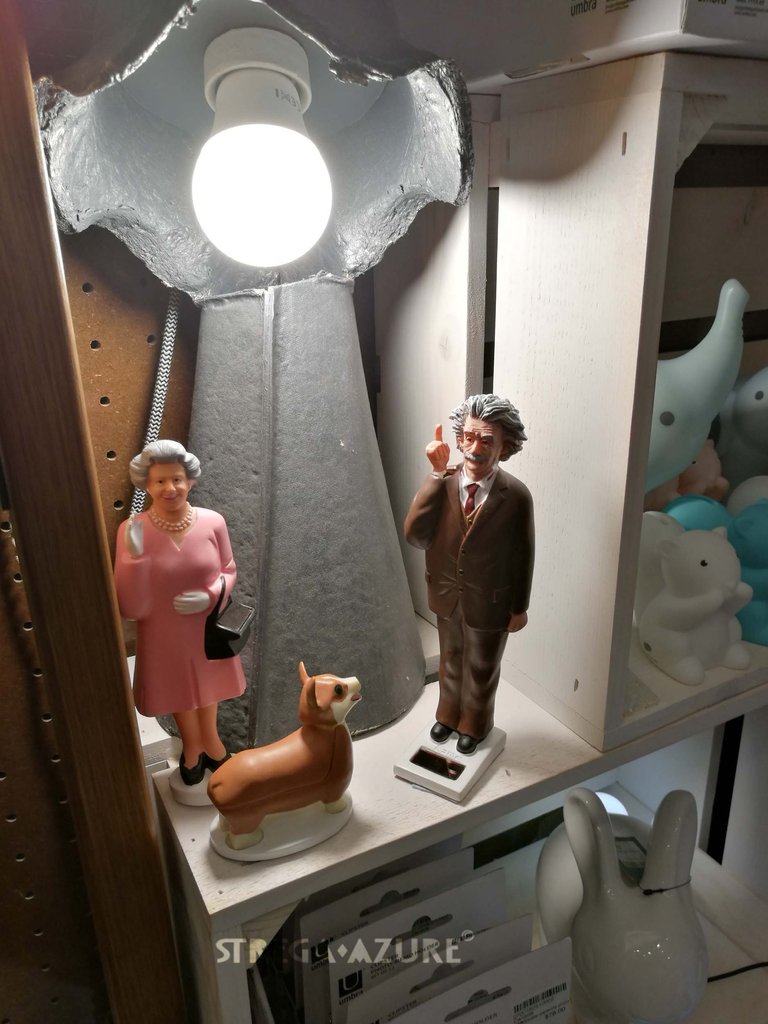

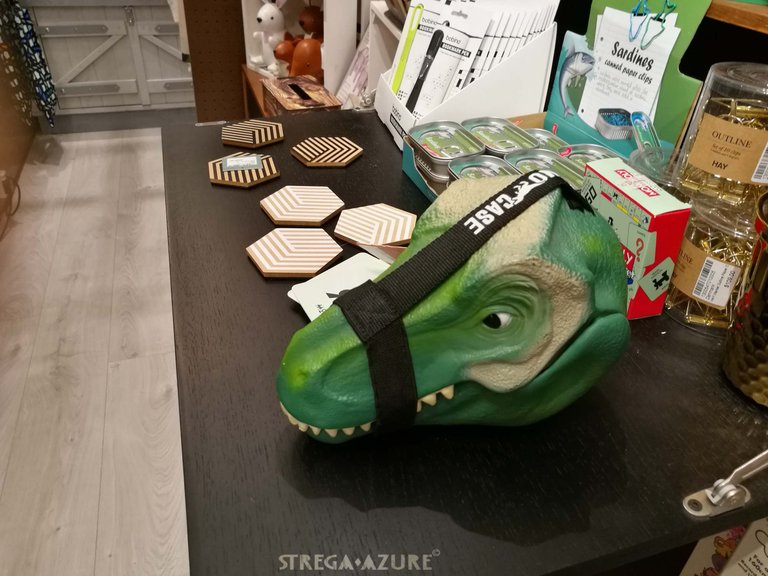

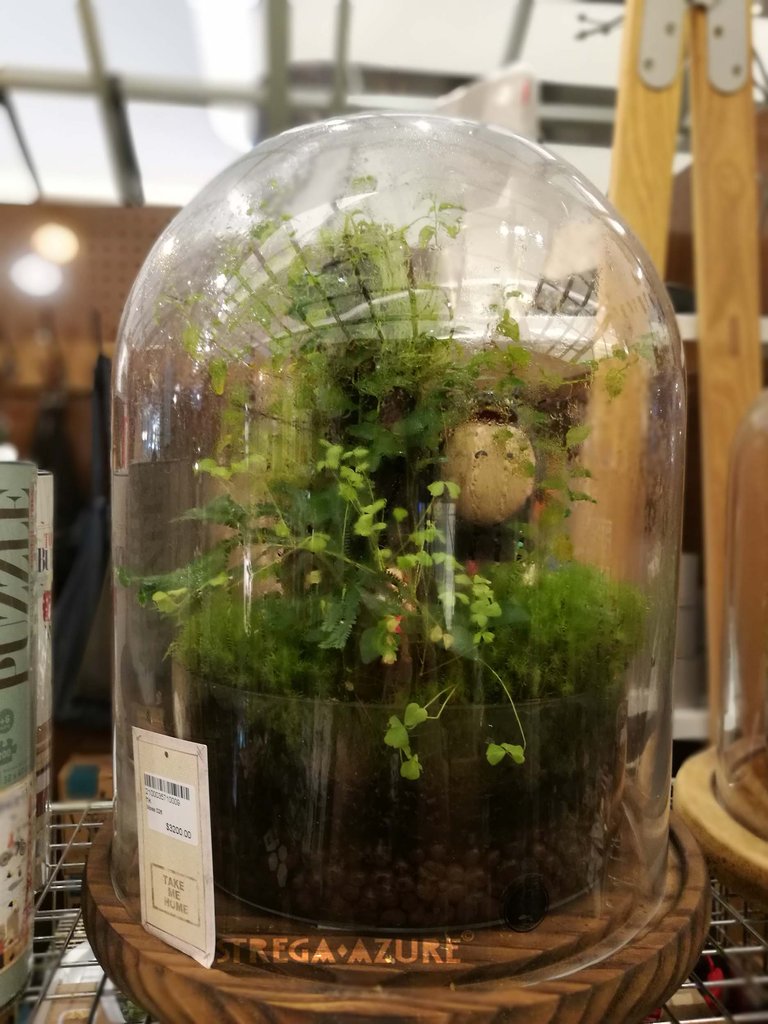

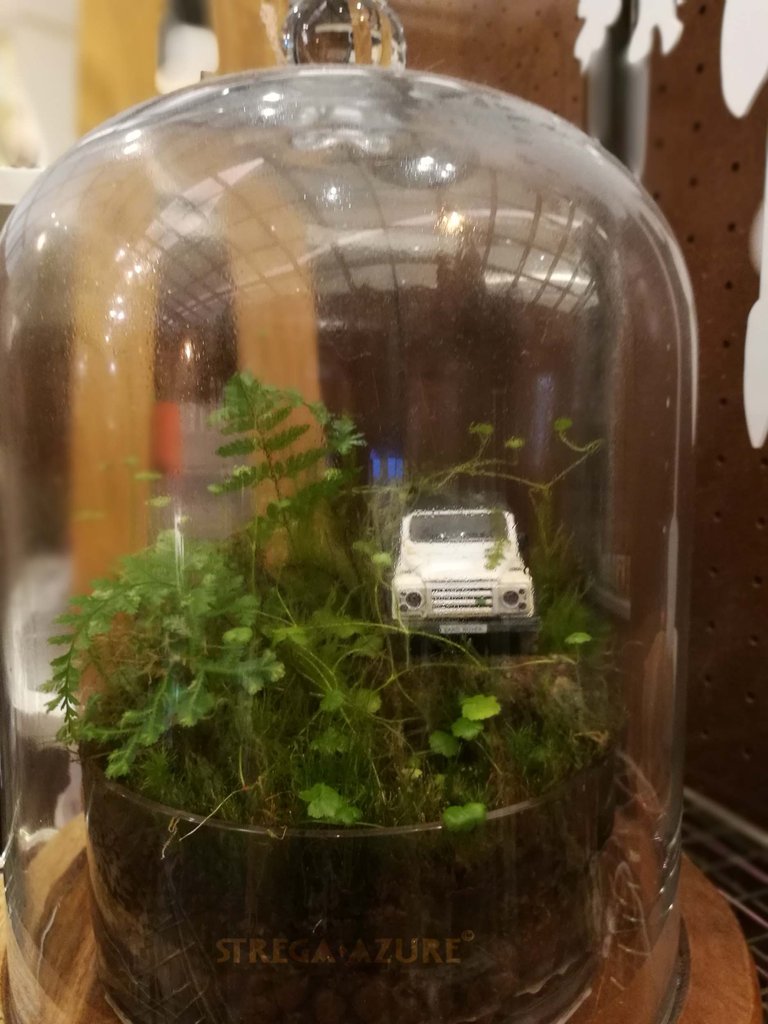

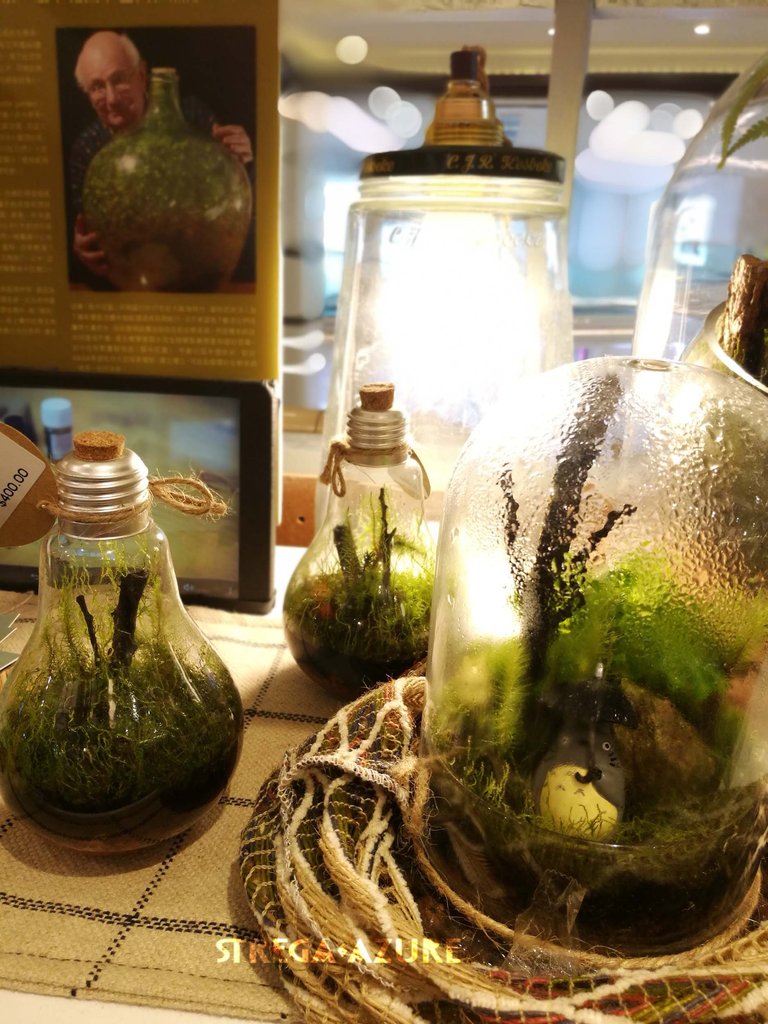

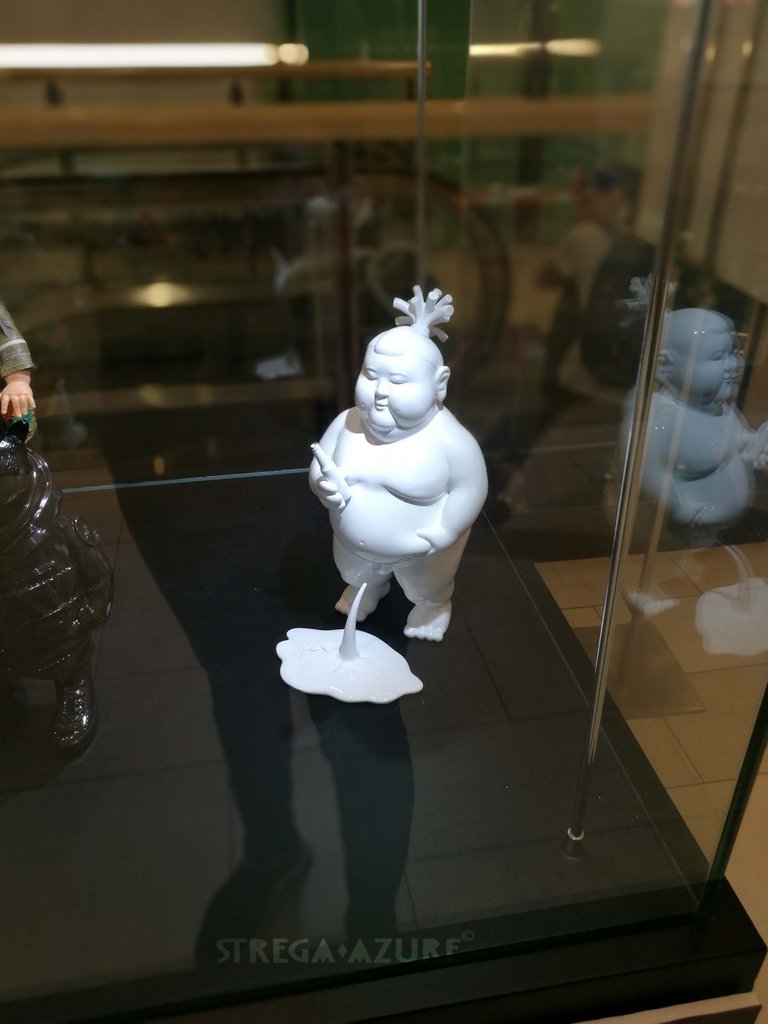



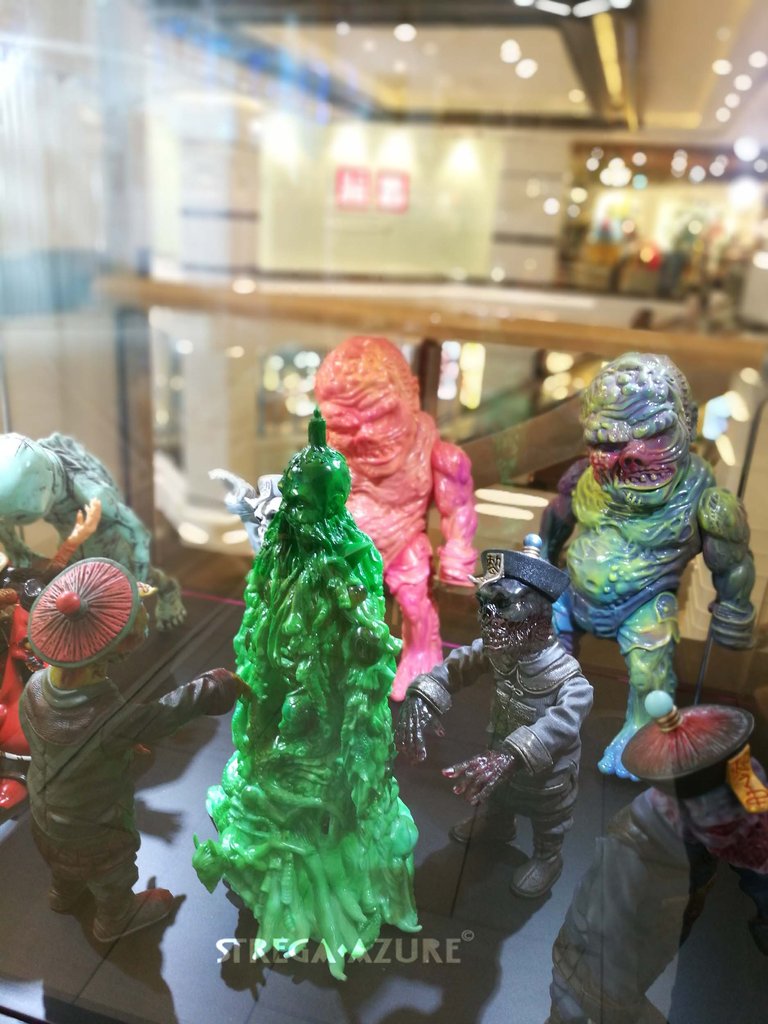

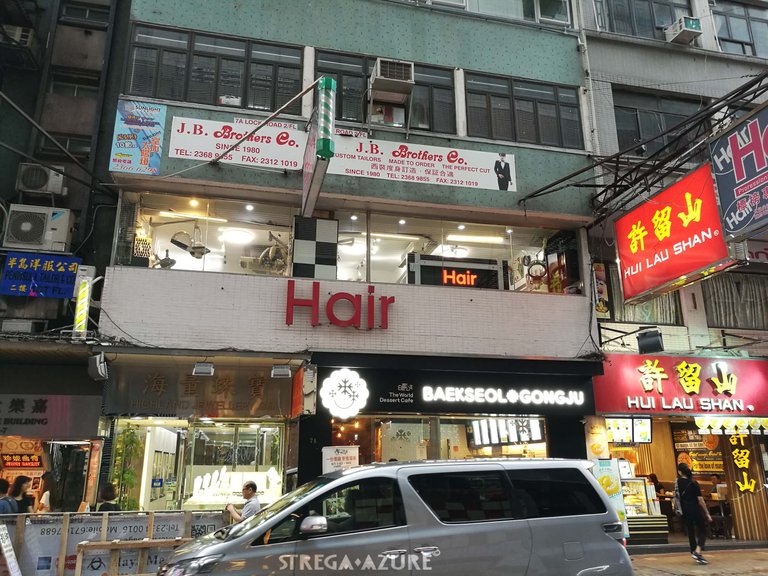

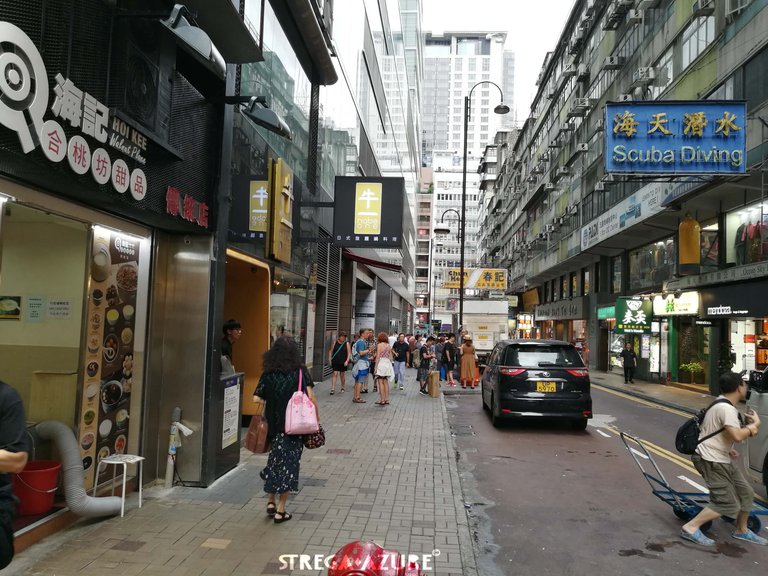

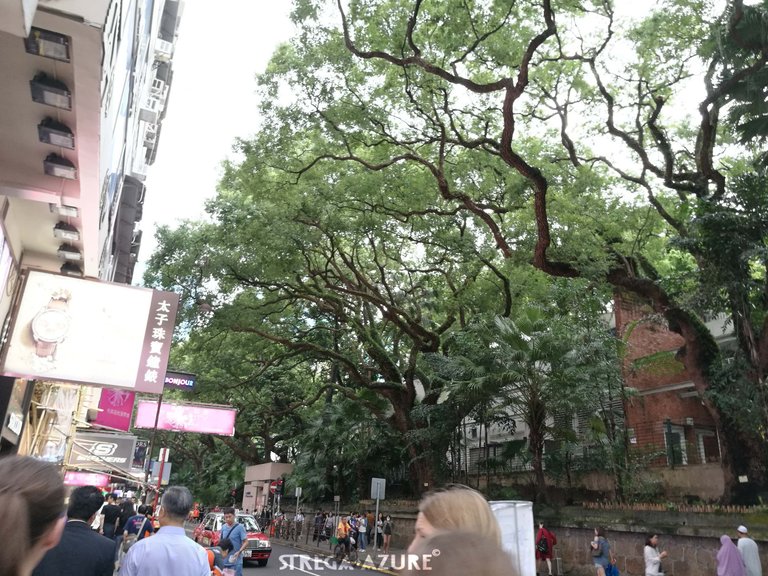

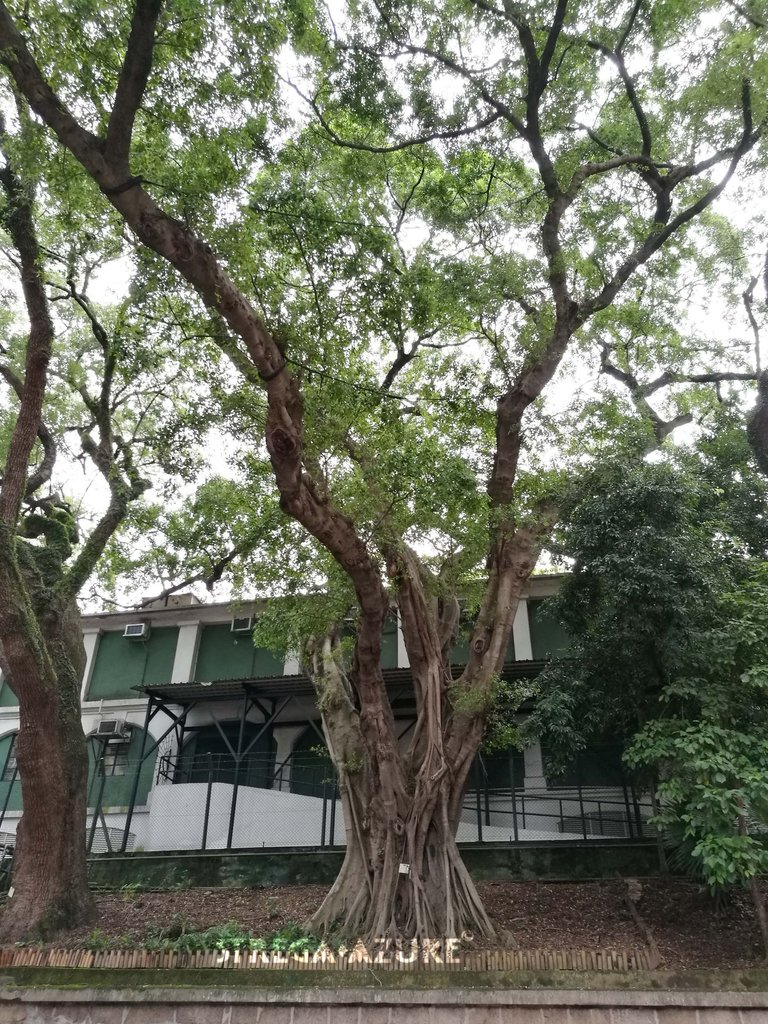

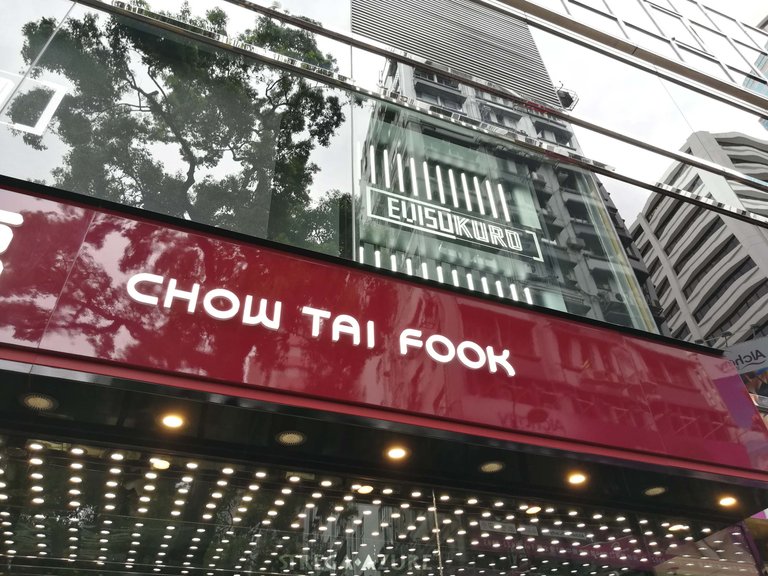

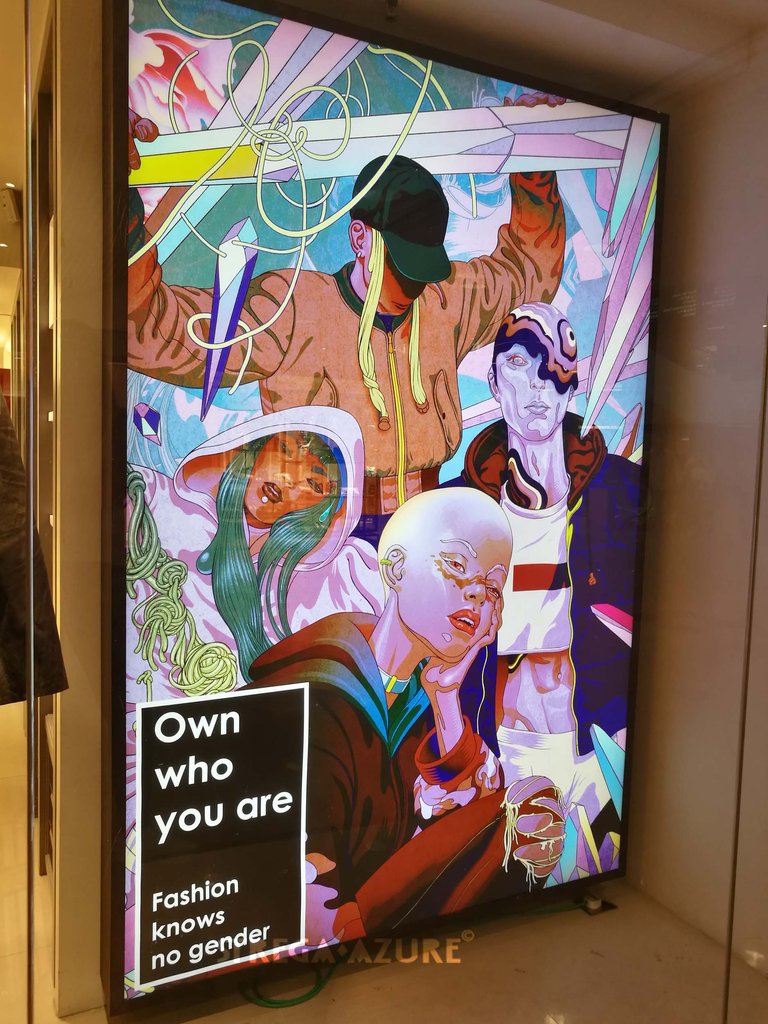







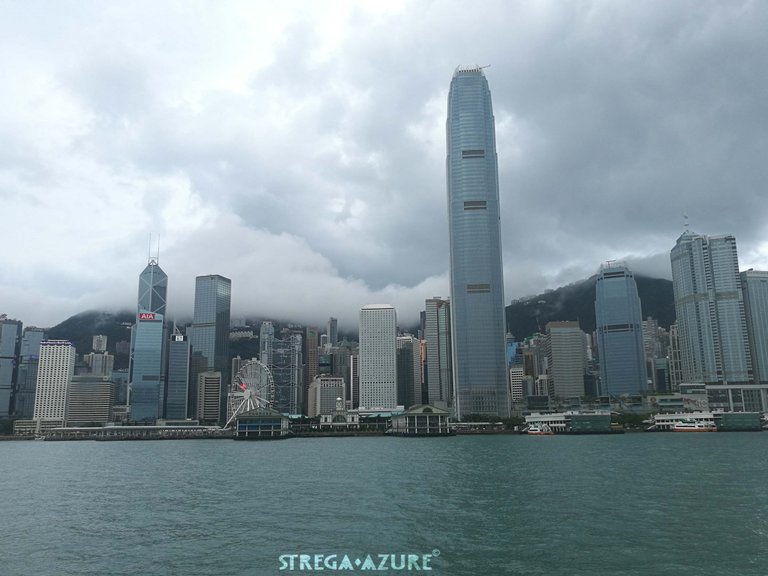

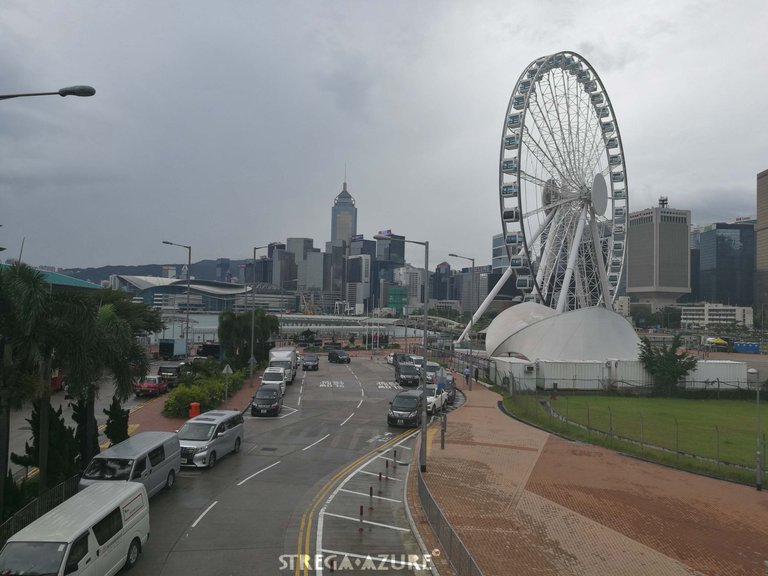

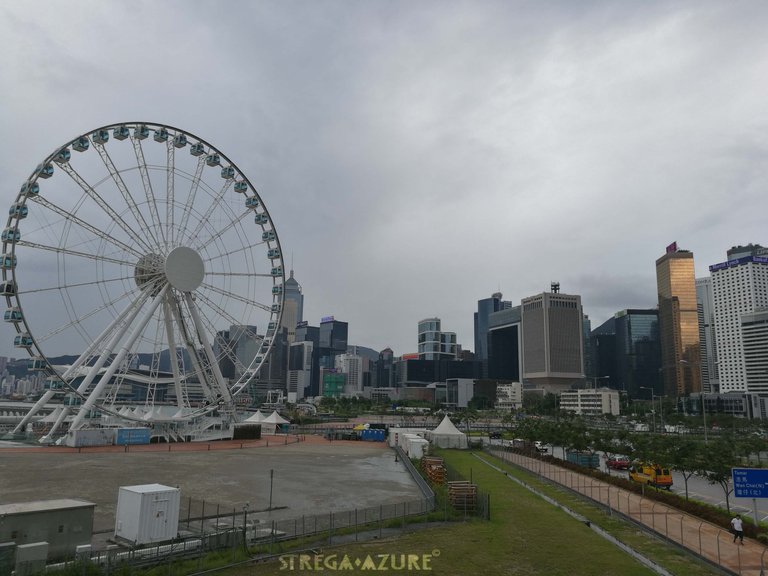

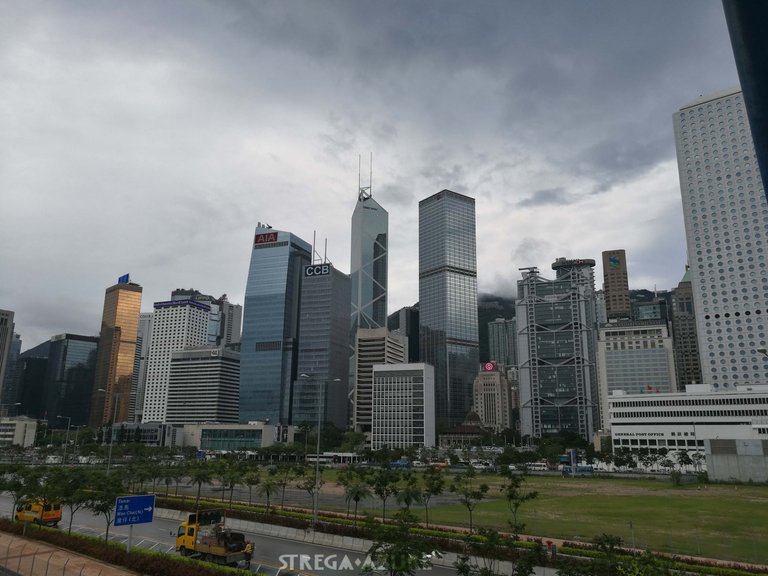

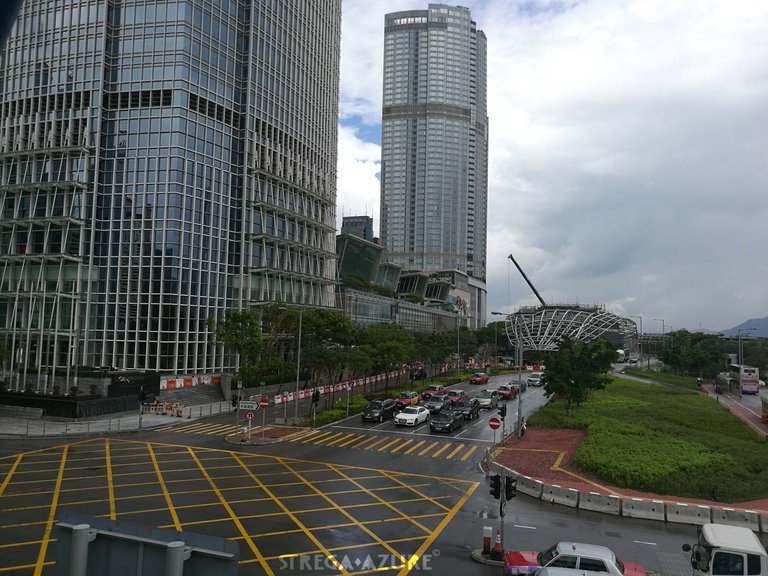

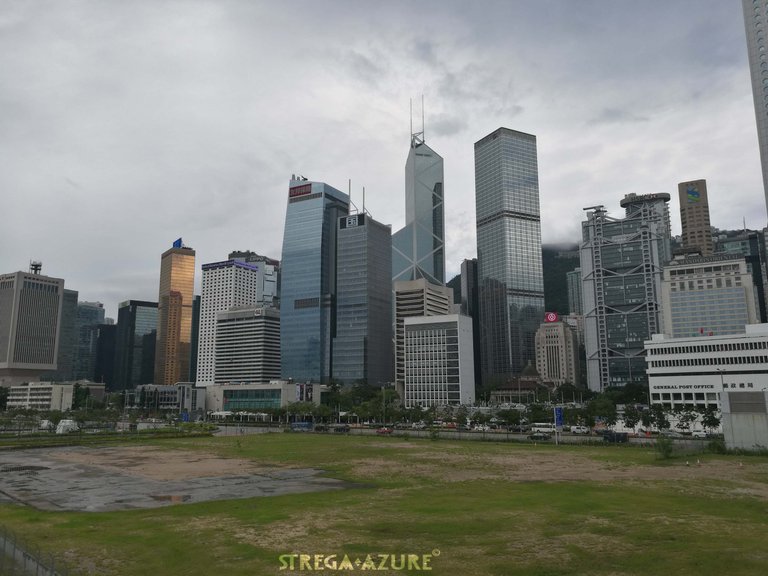

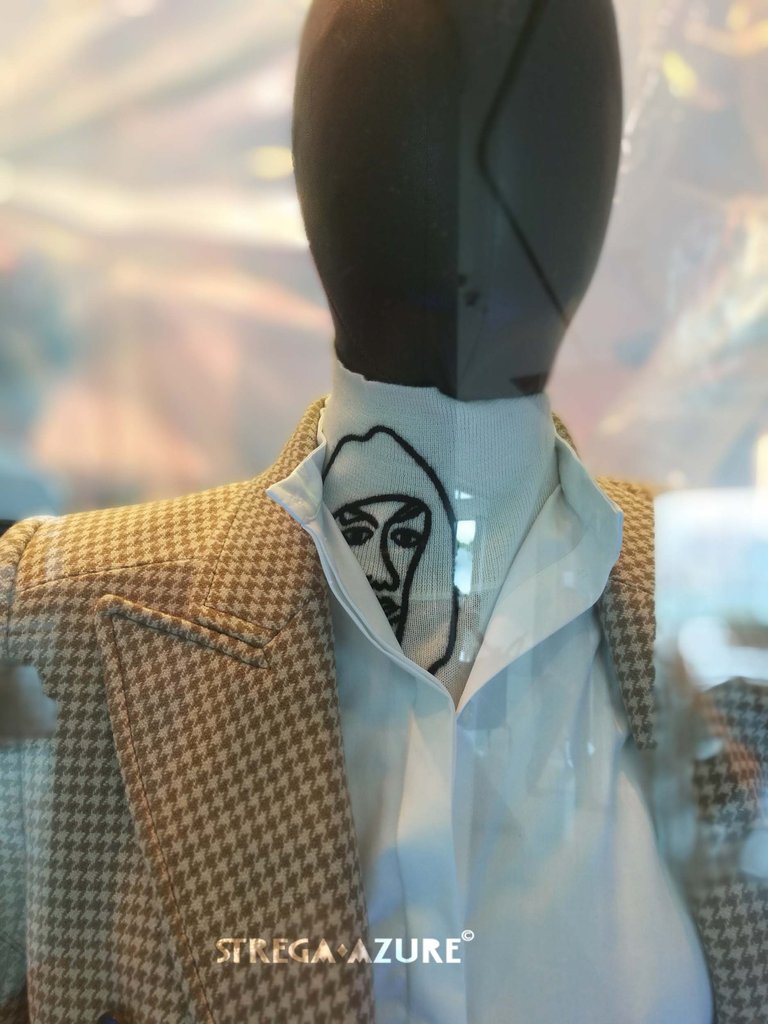

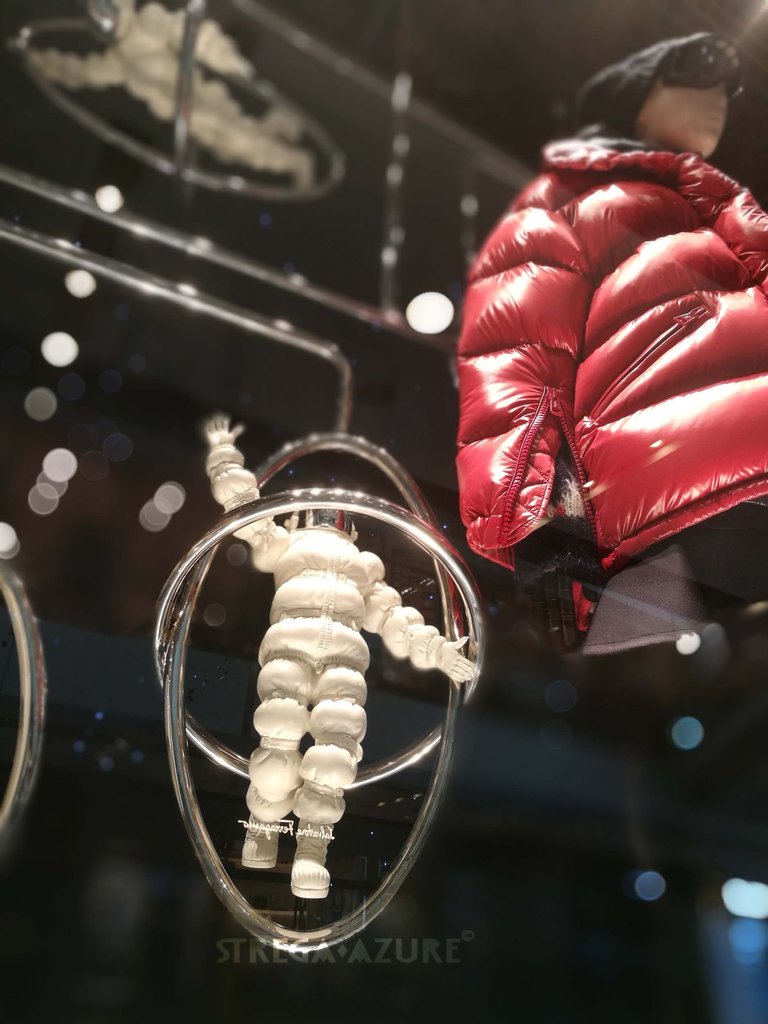



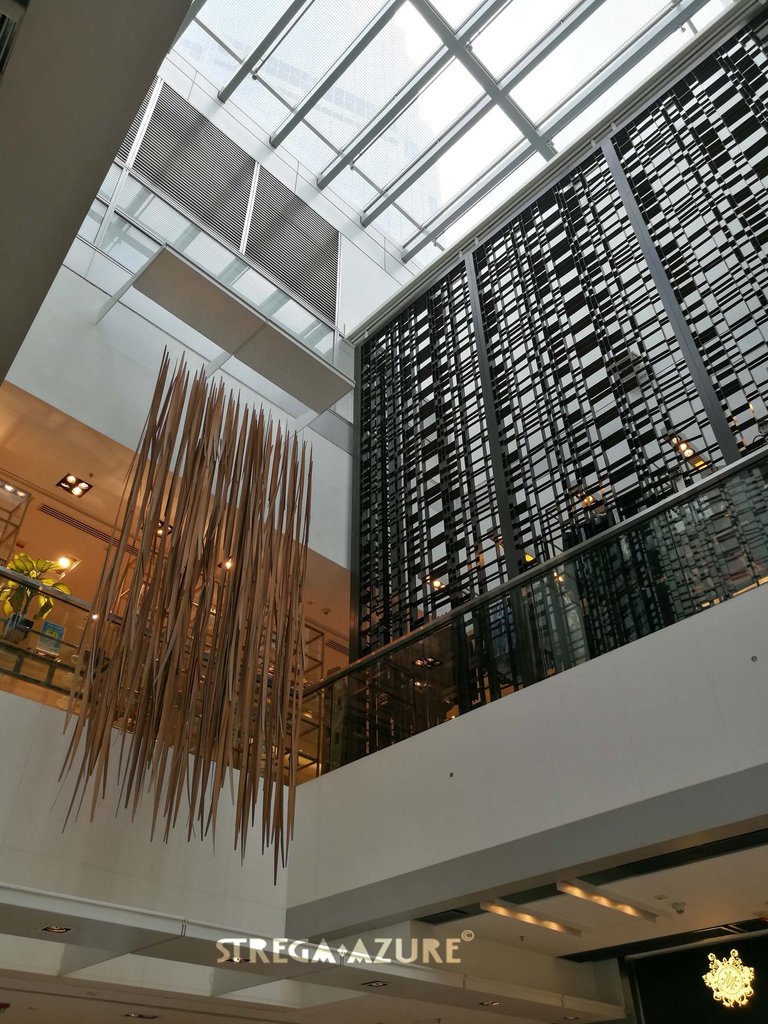



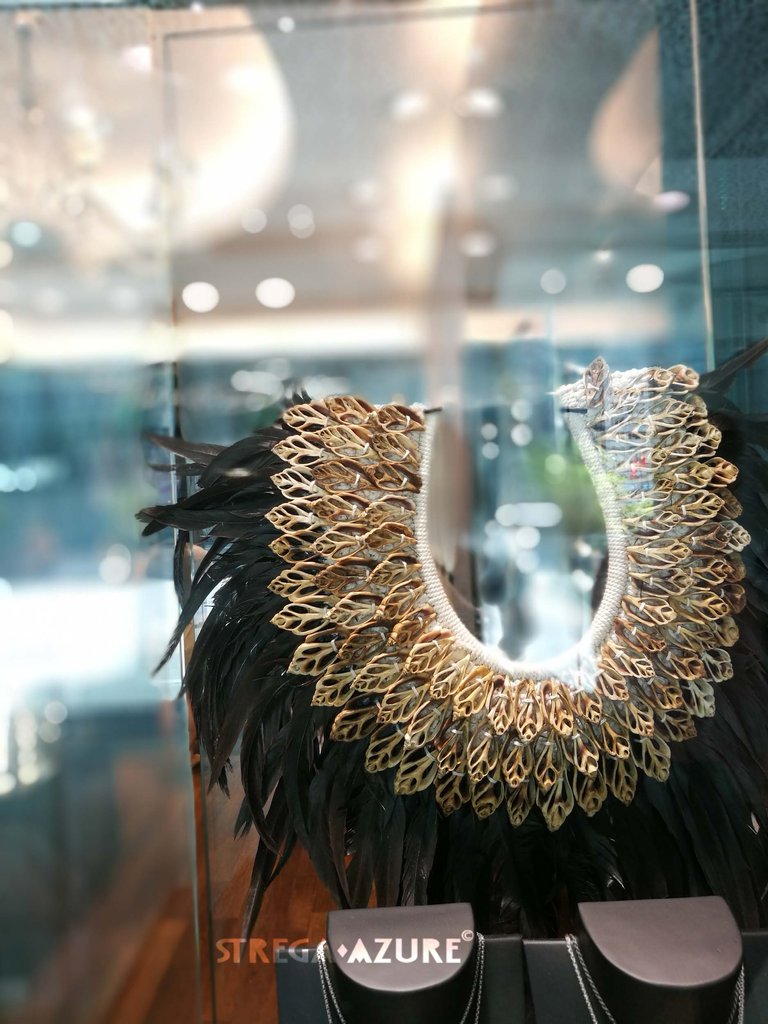

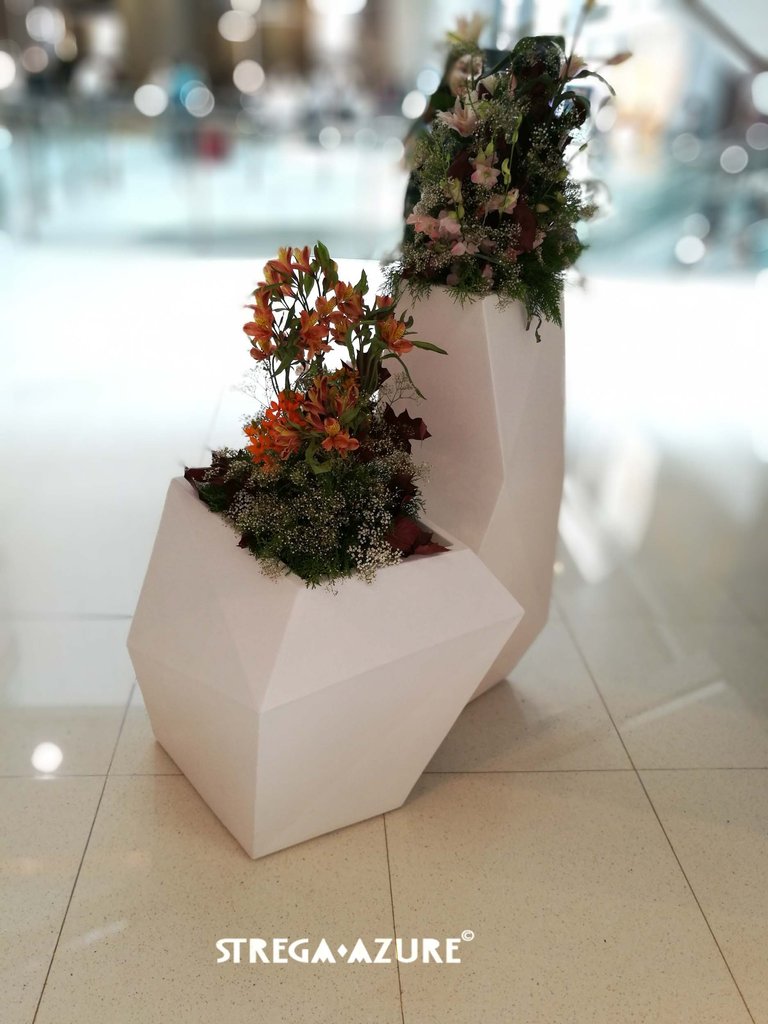

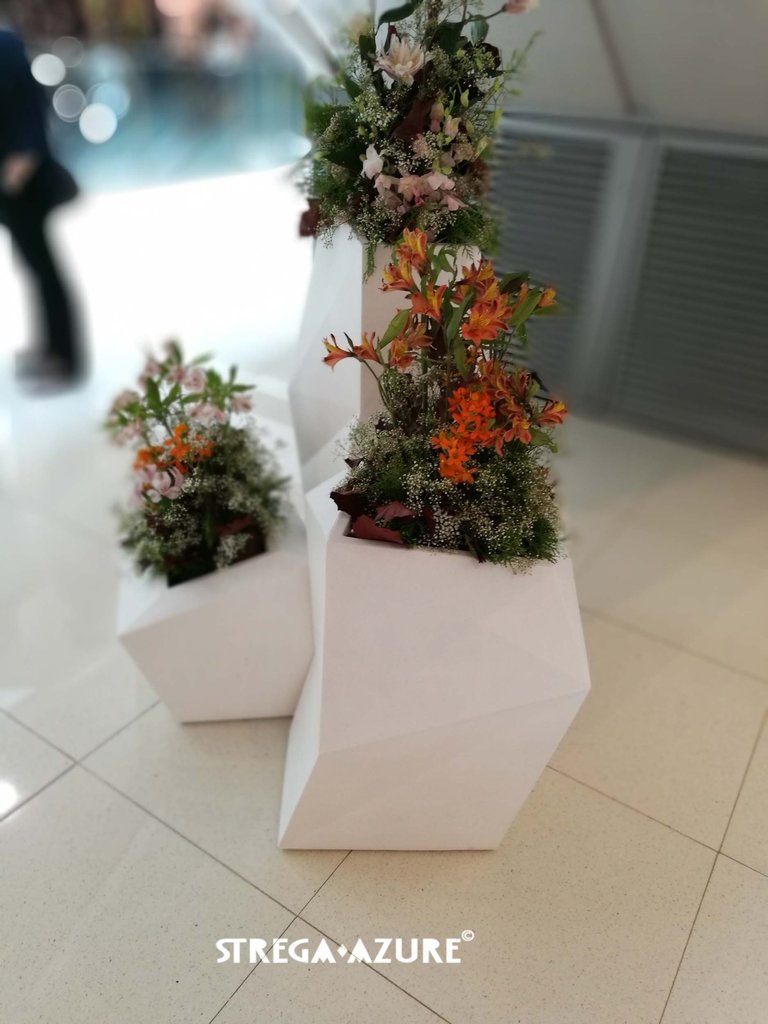





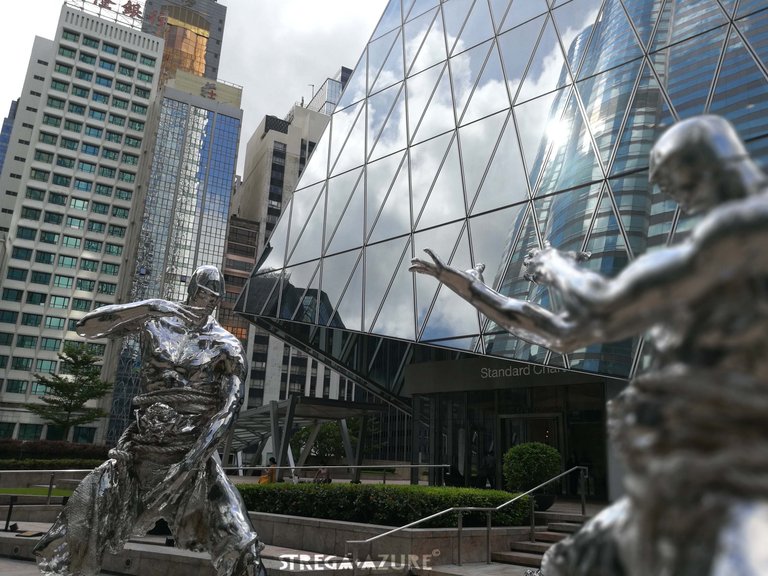

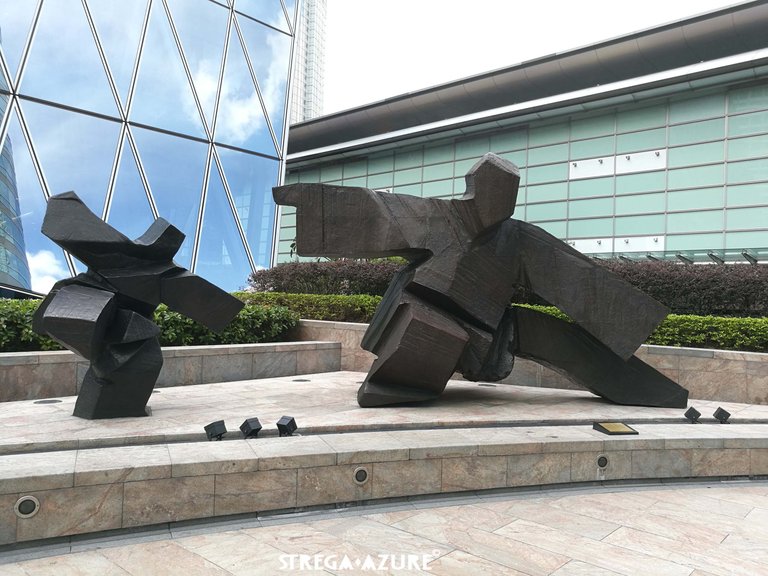

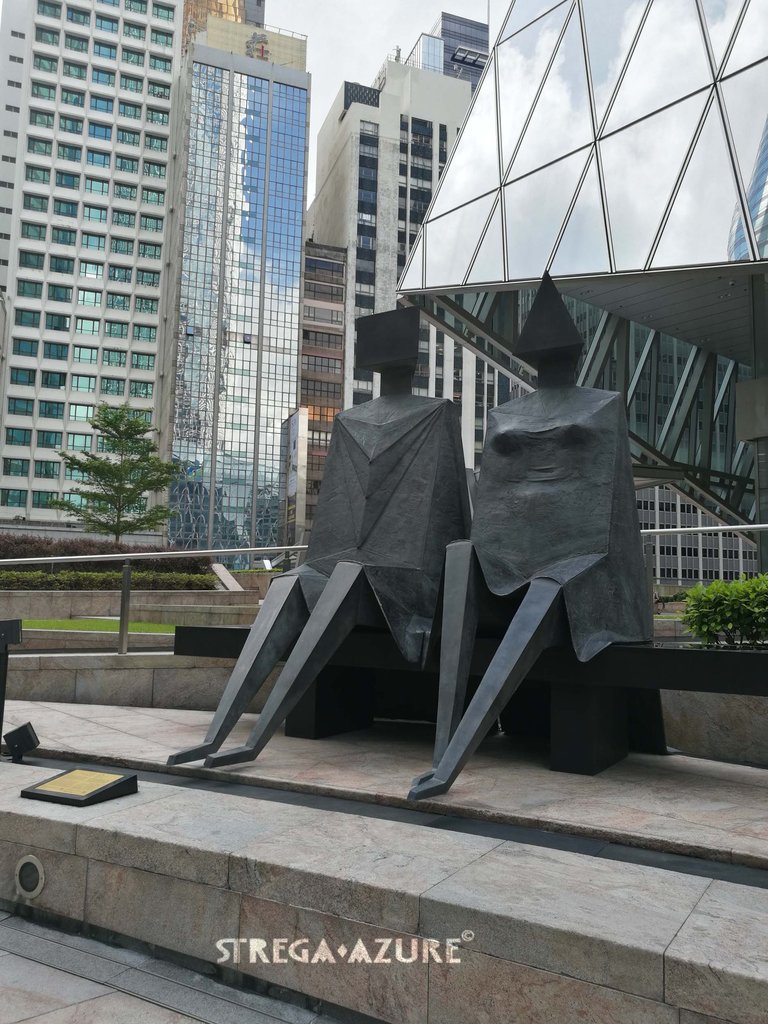

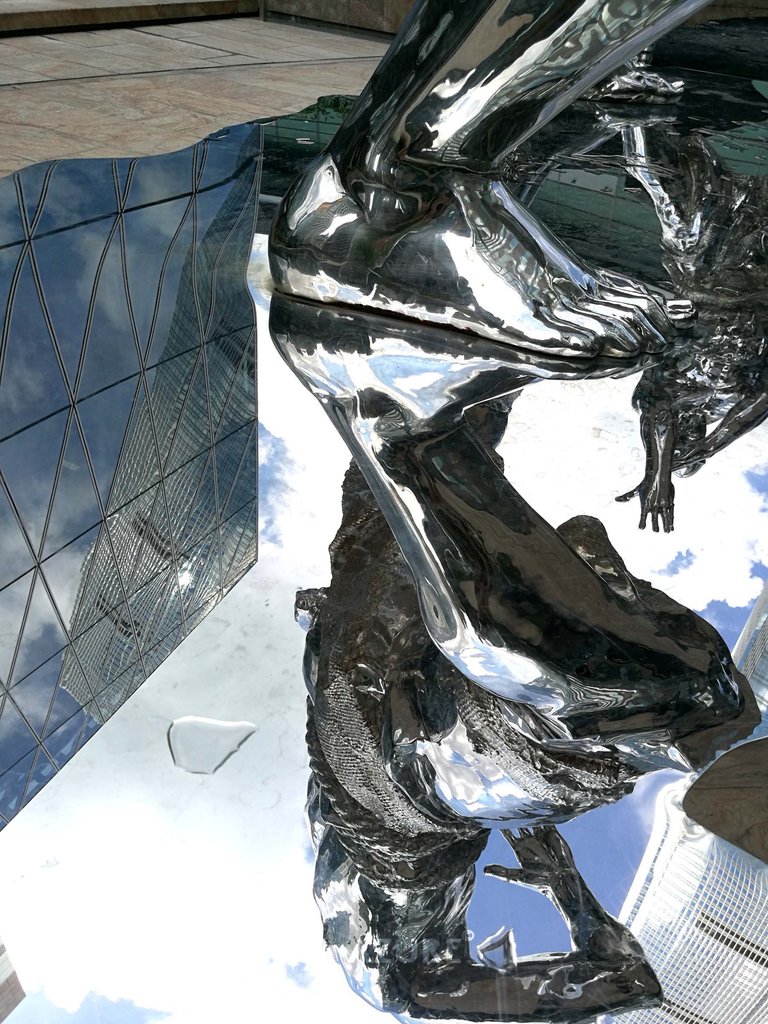

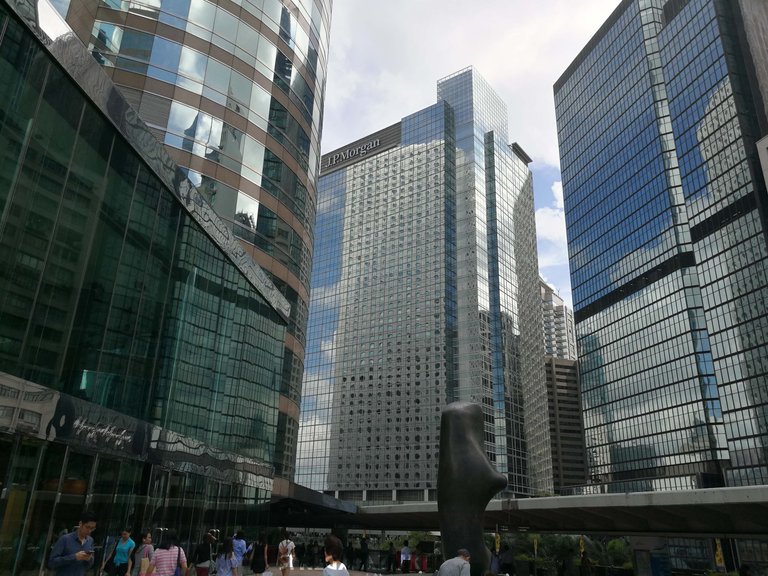

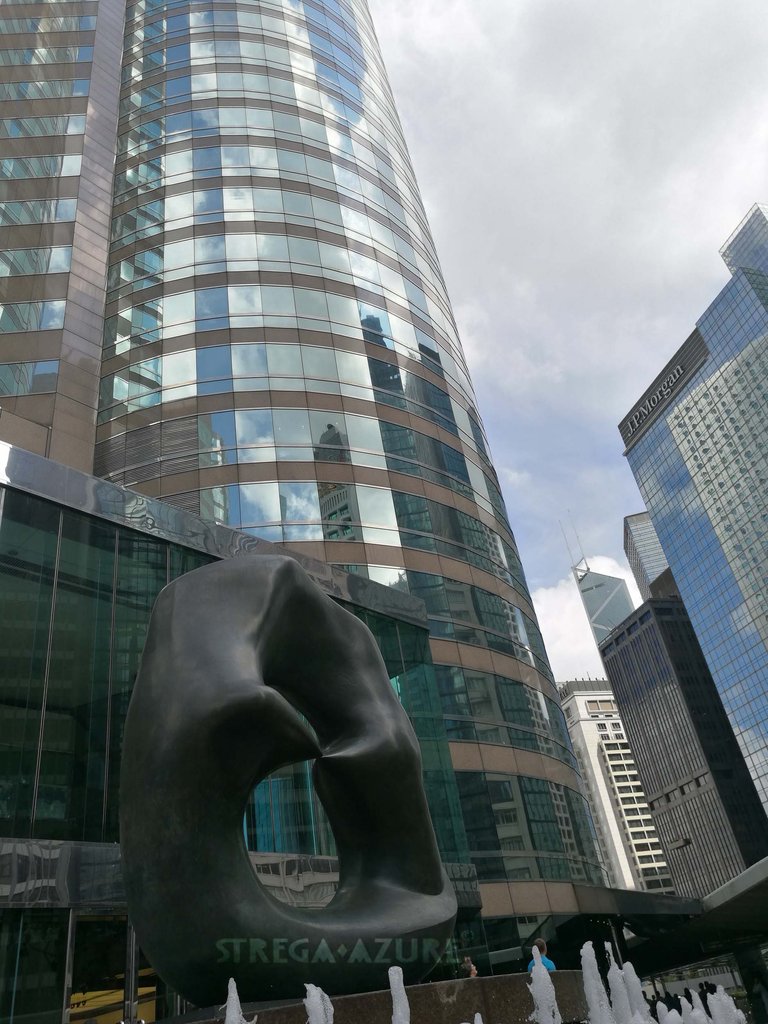

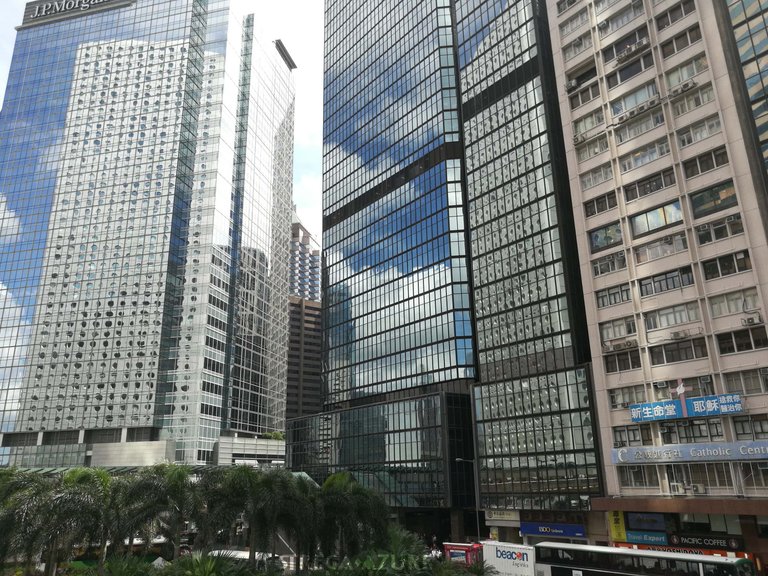



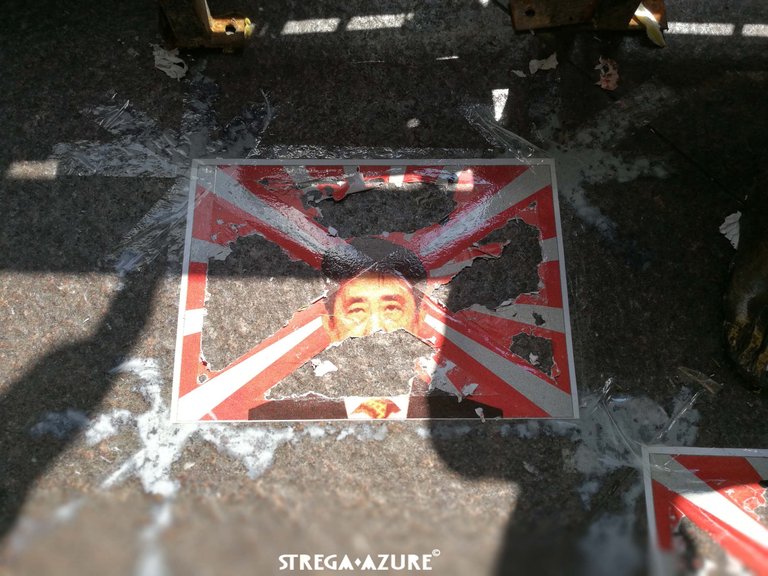

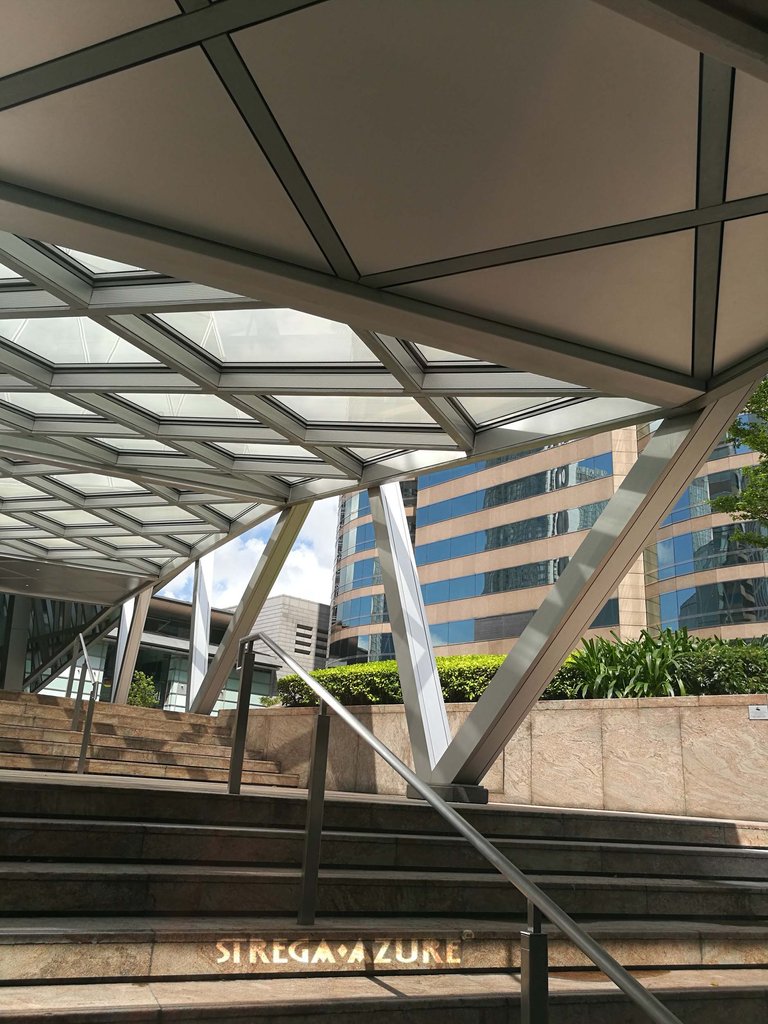

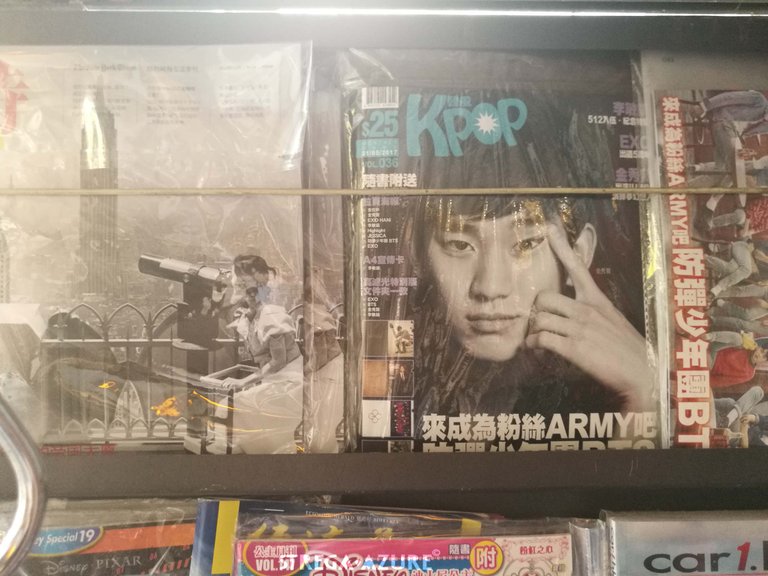

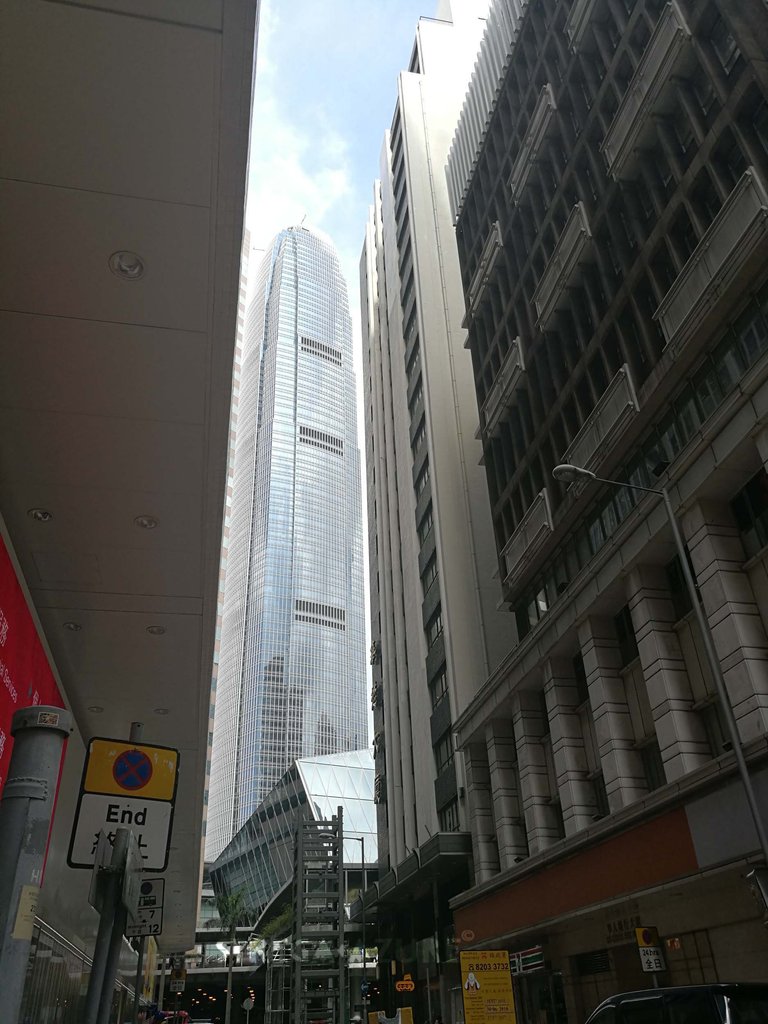

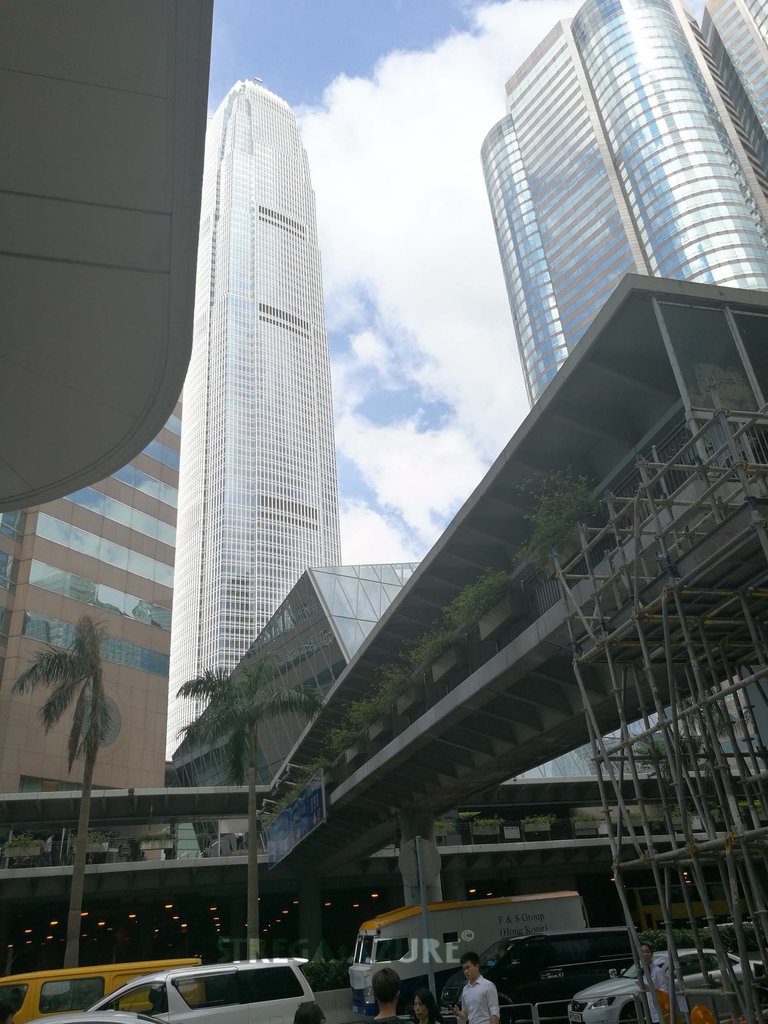



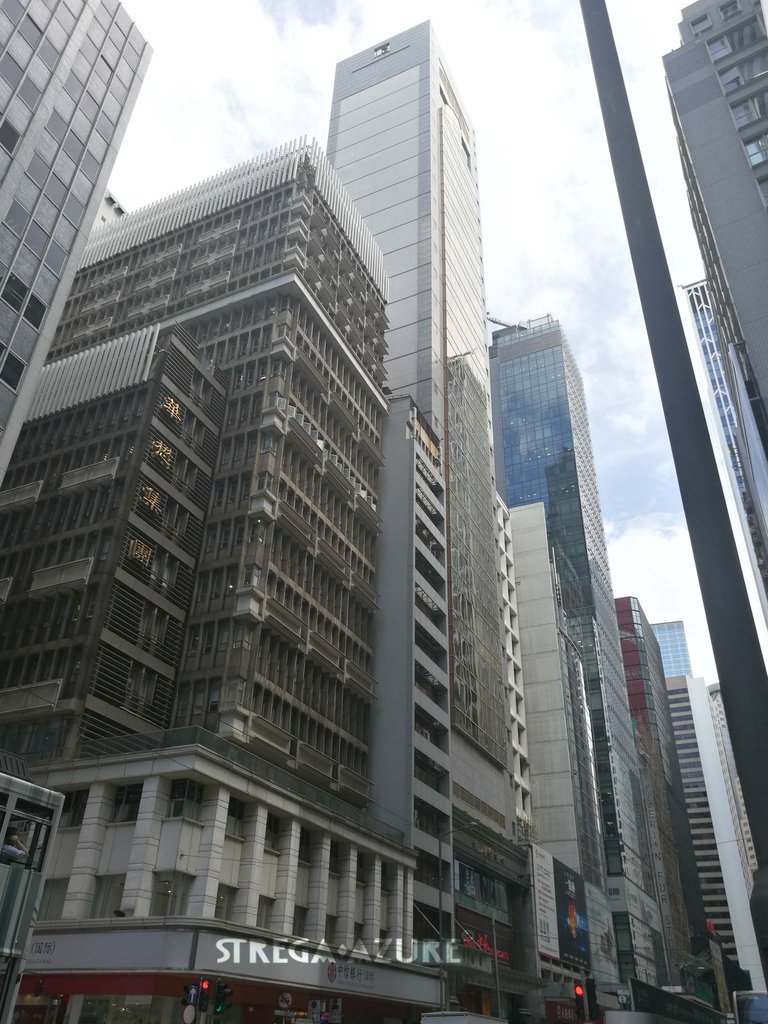

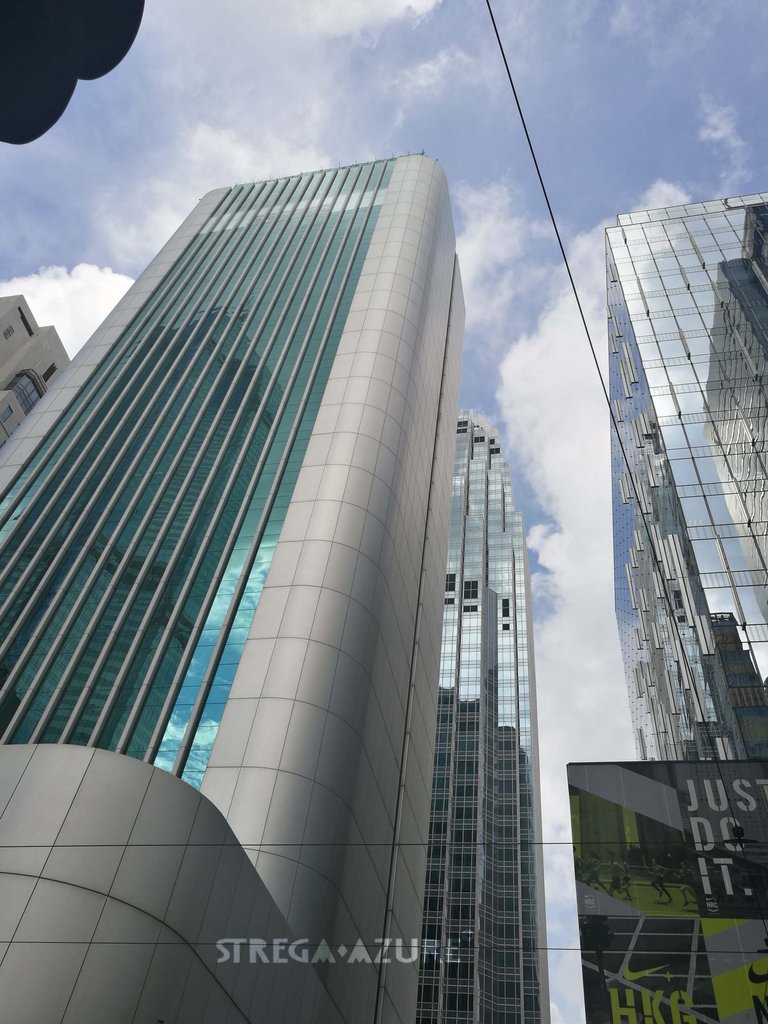

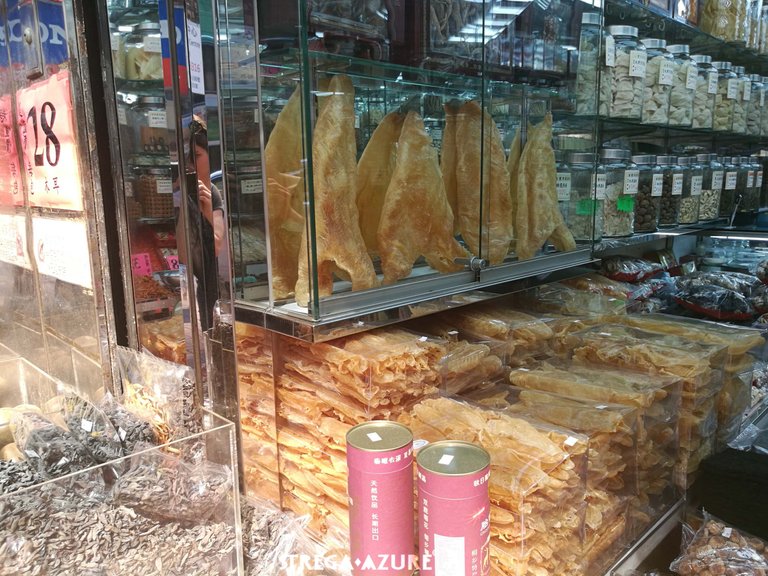

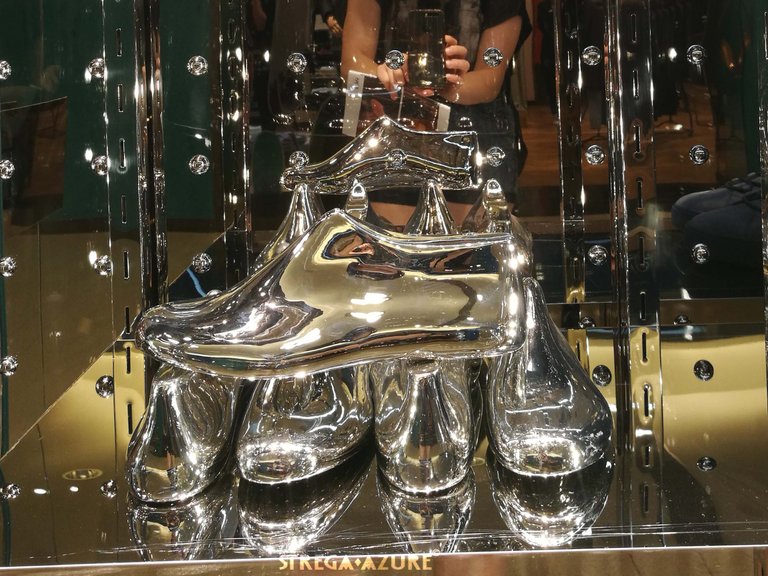

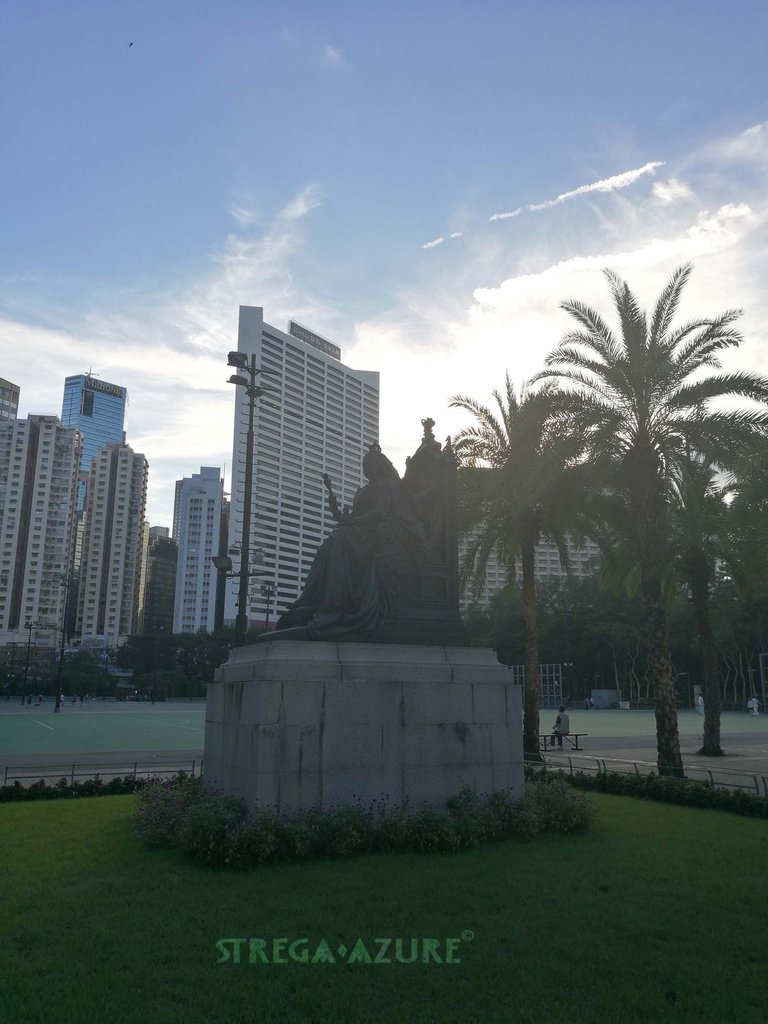

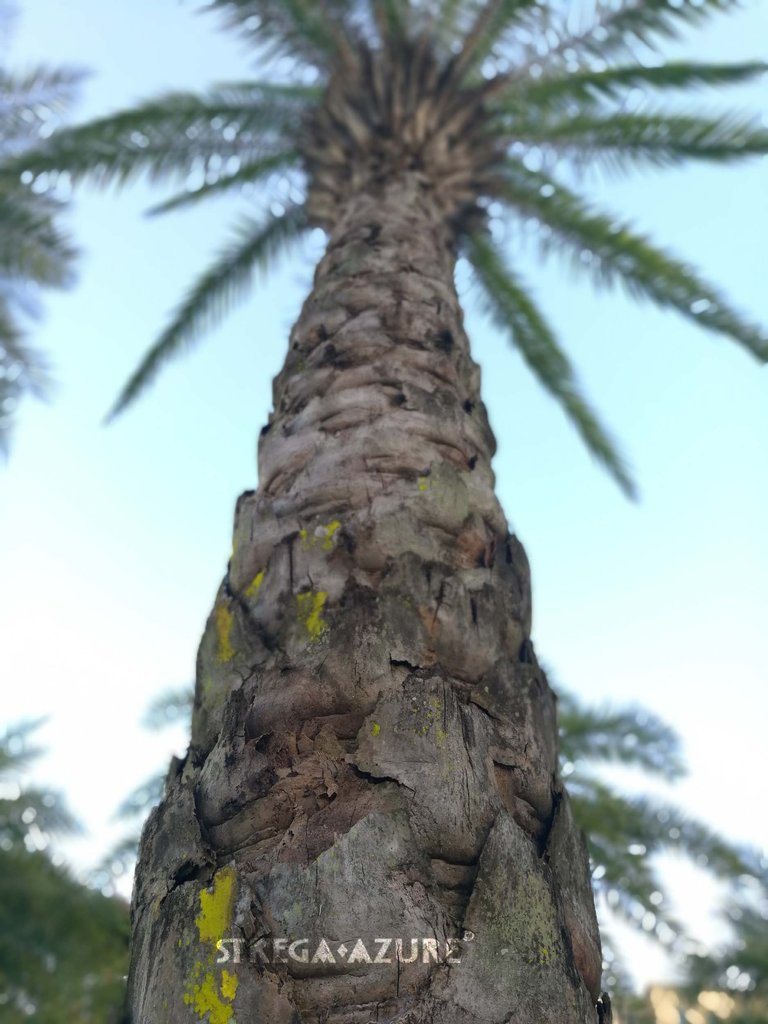

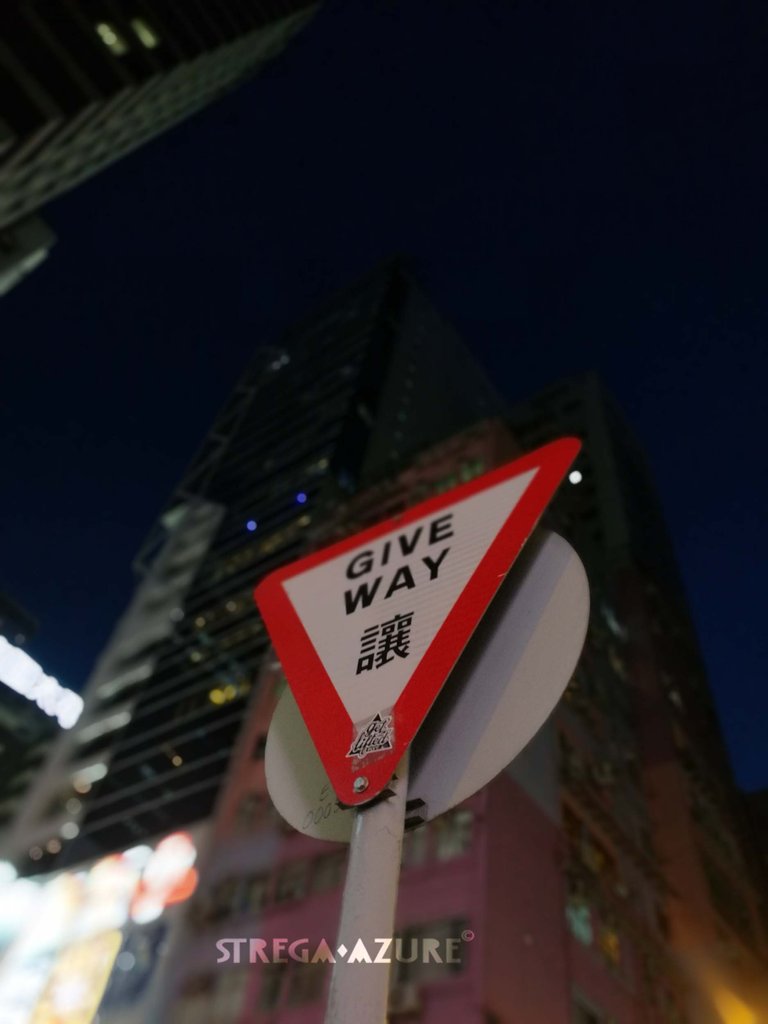

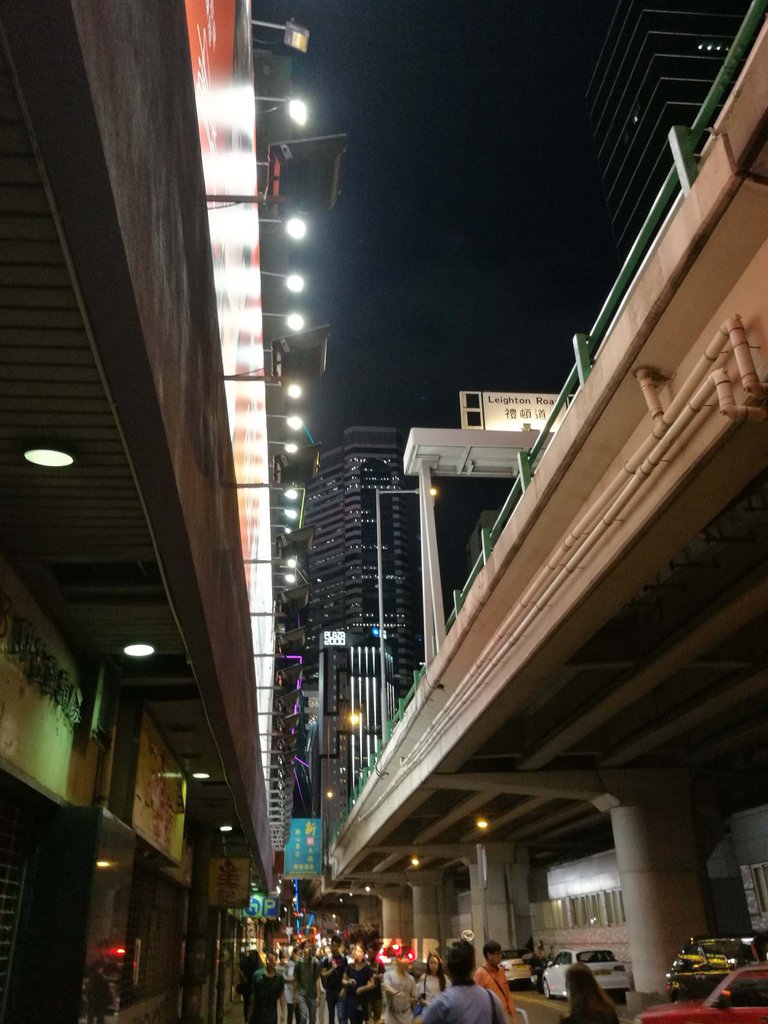

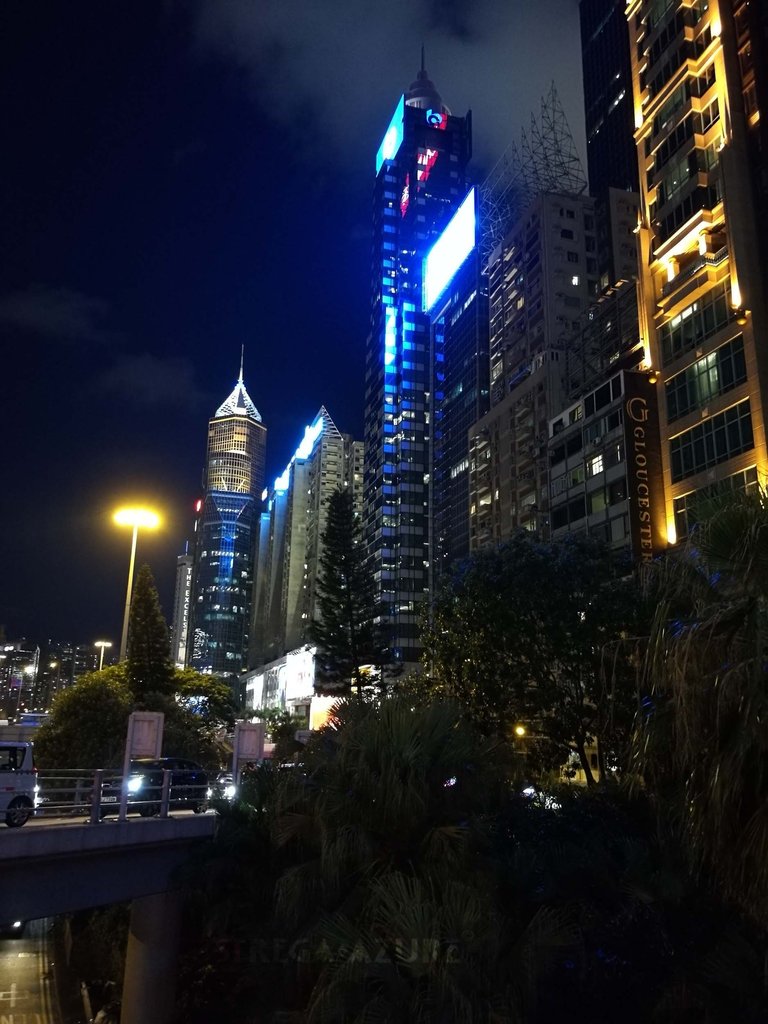

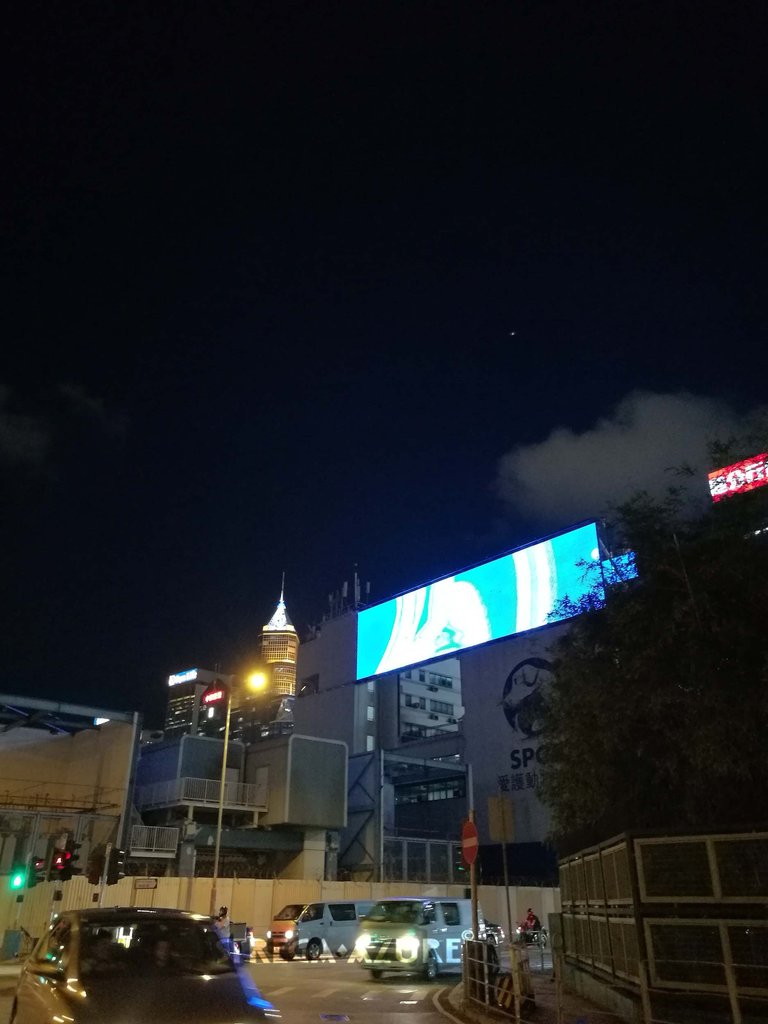

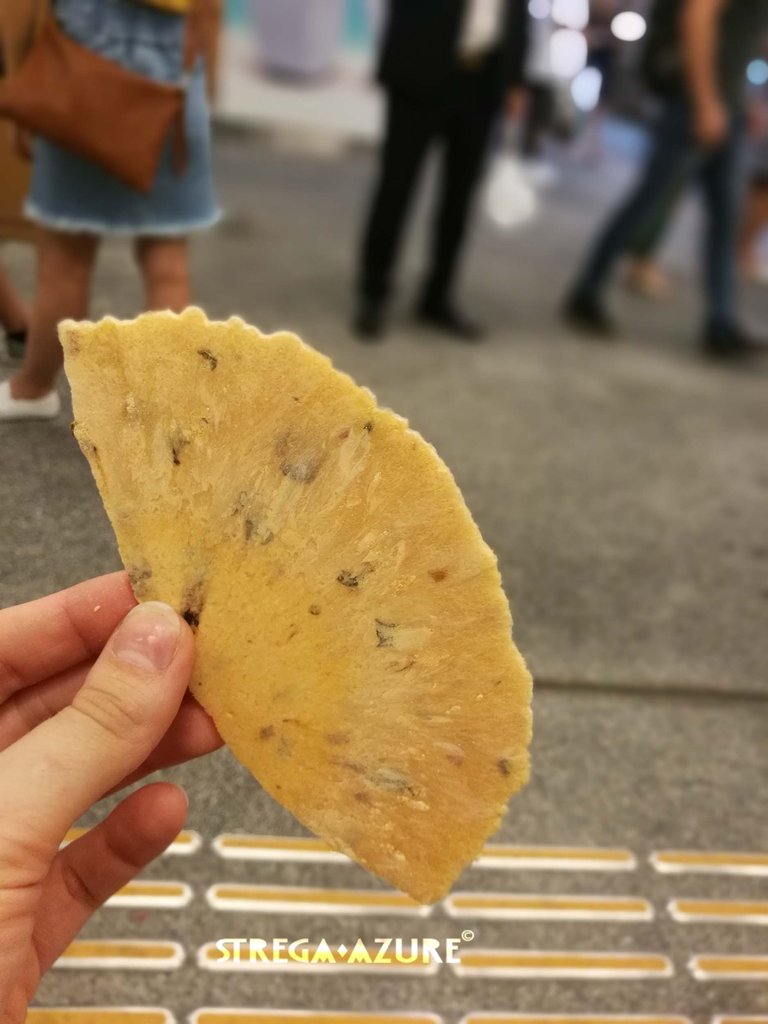



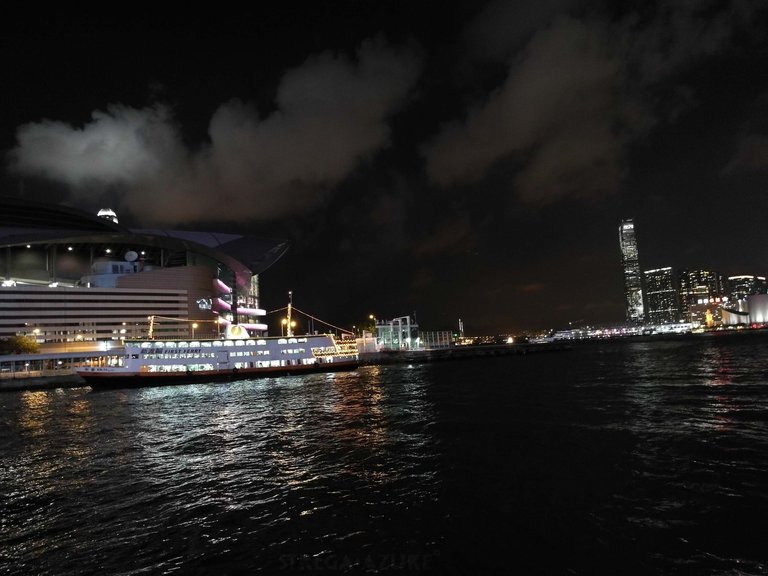

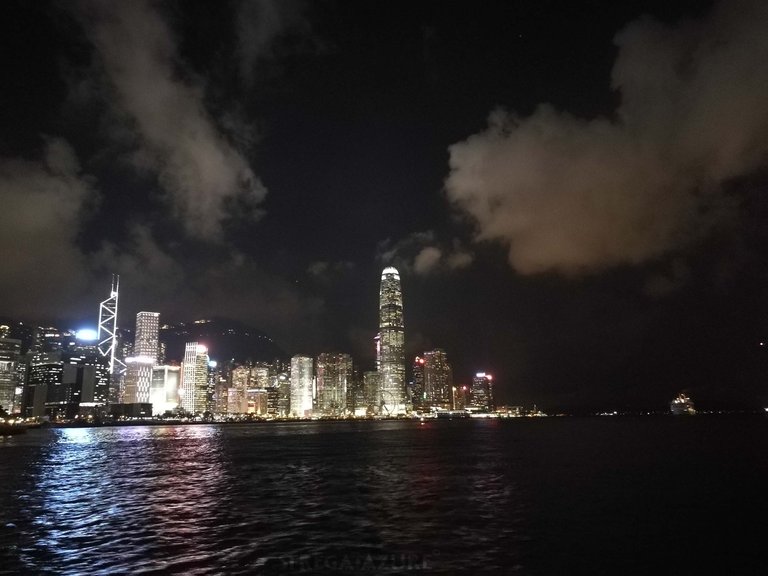

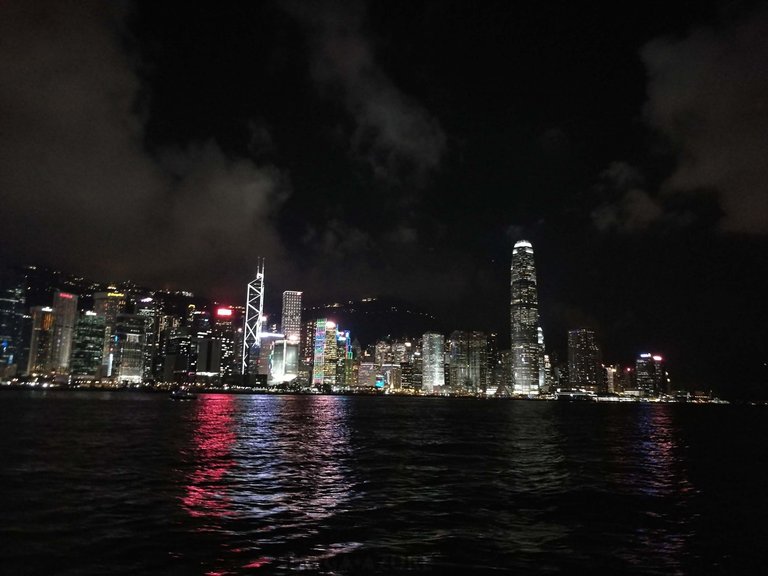

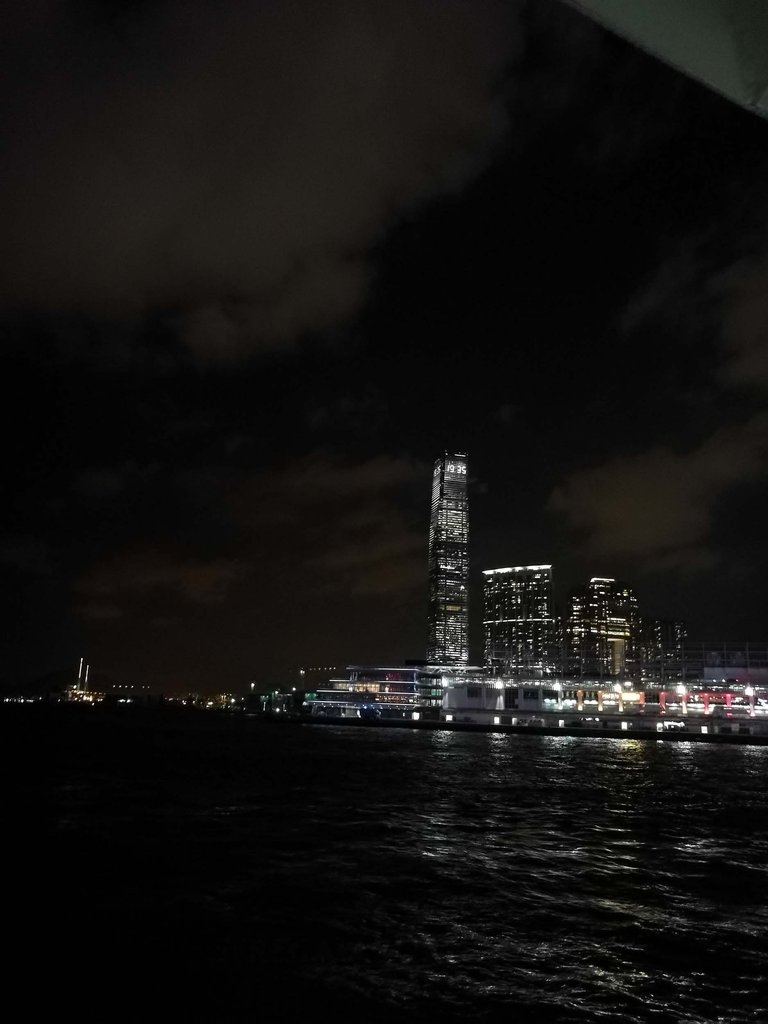

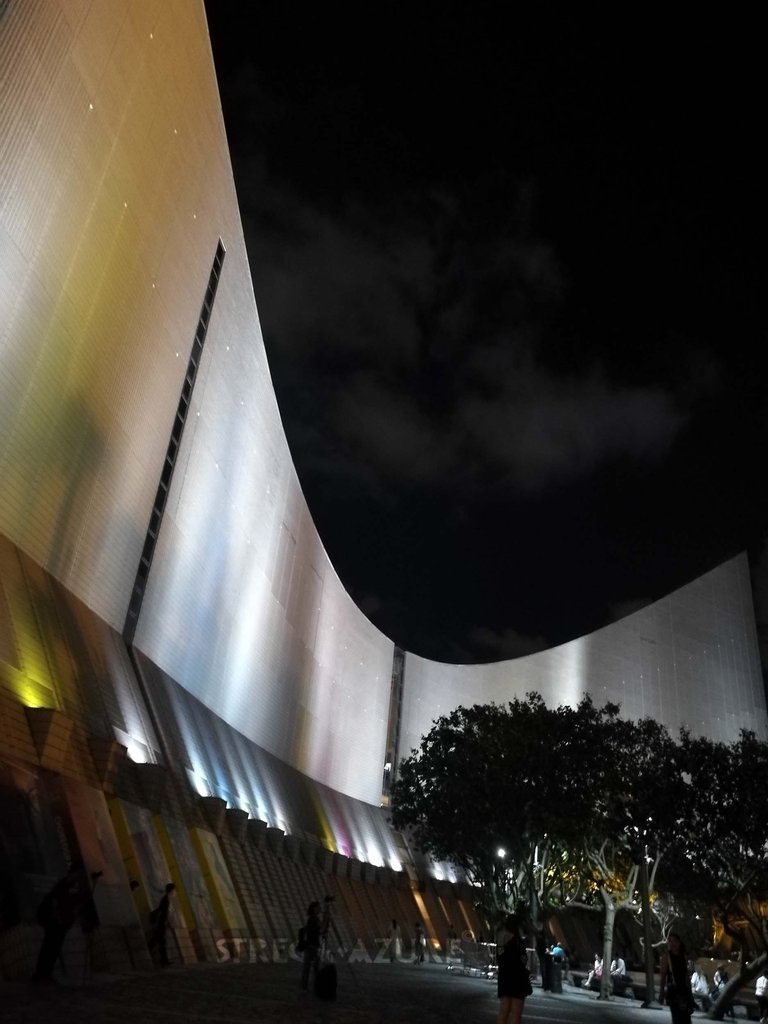

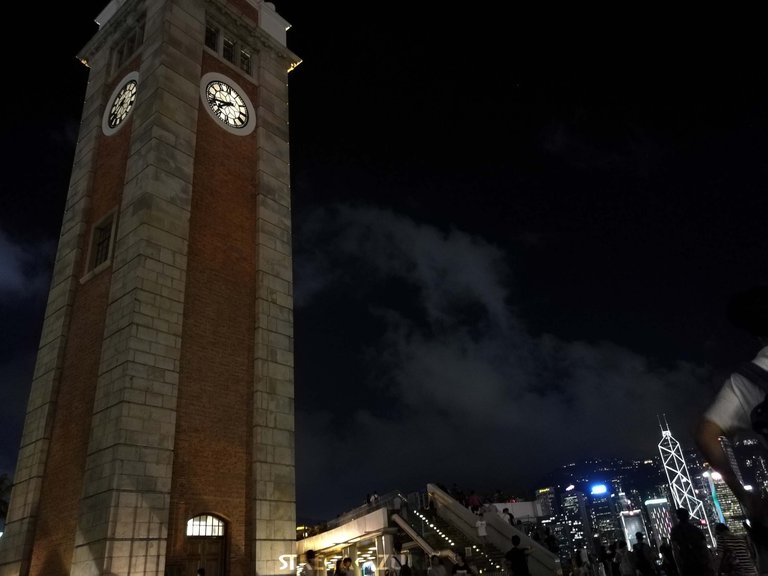

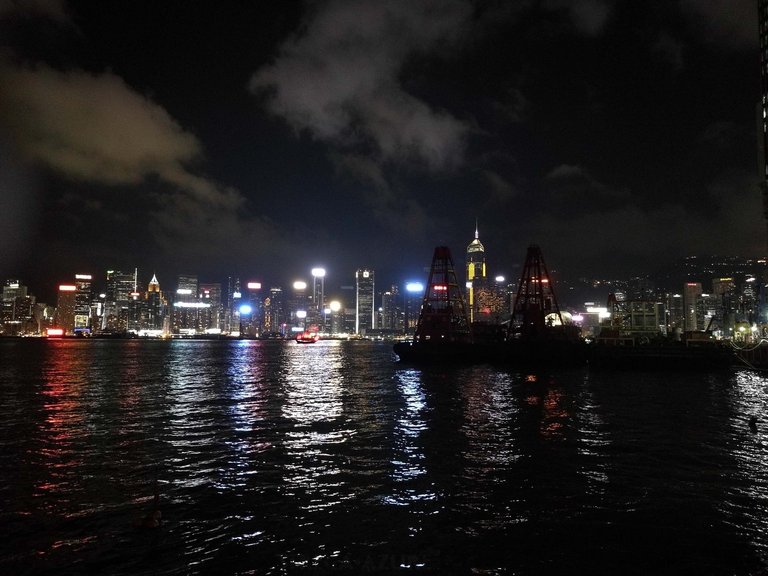

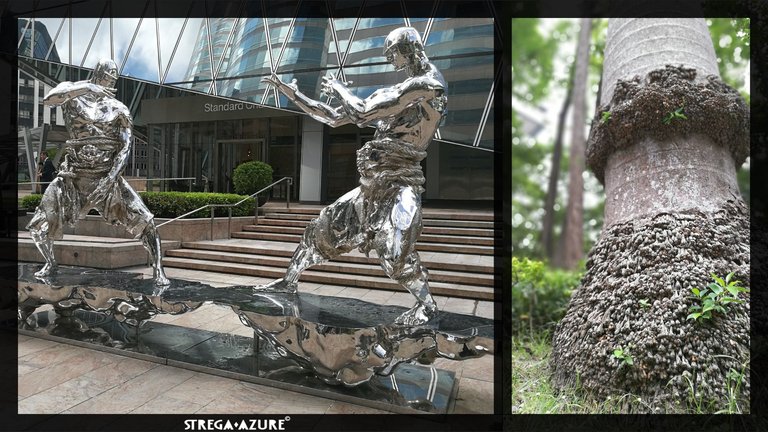

Pictures are my authorship if not stated otherwise.
All rights reserved @strega.azure ©


All rights reserved @strega.azure ©



